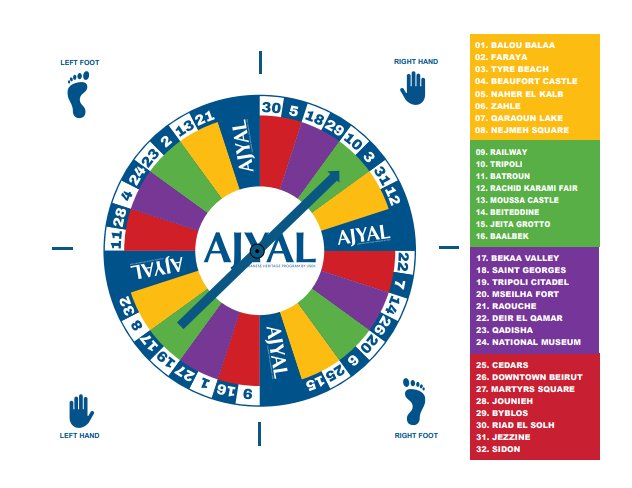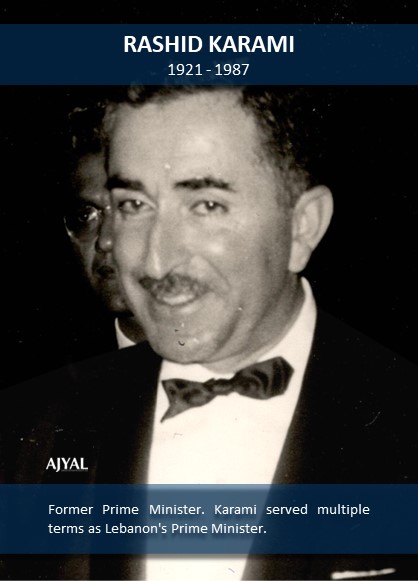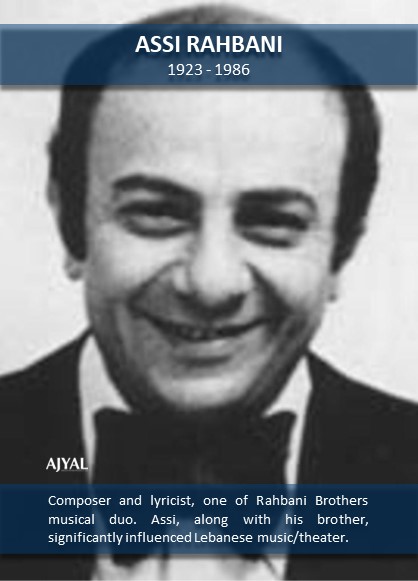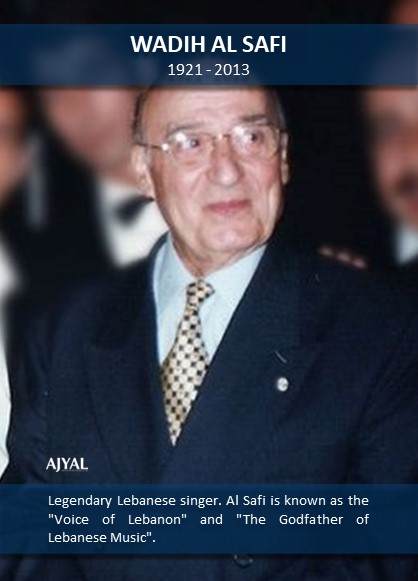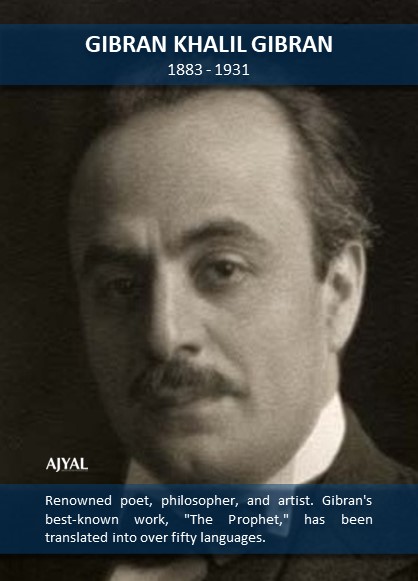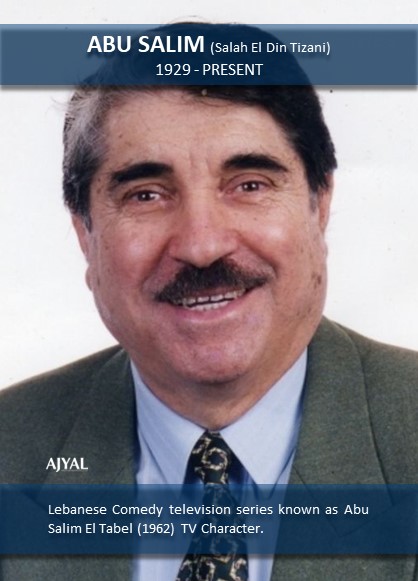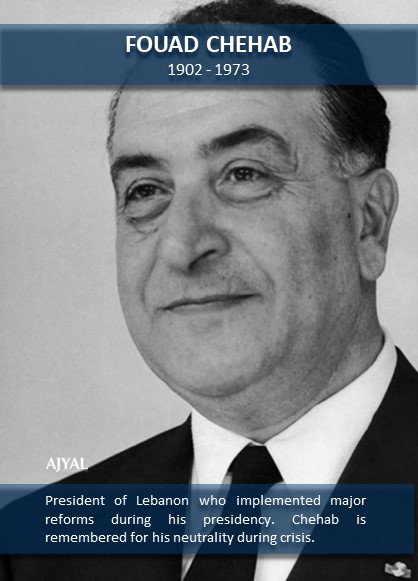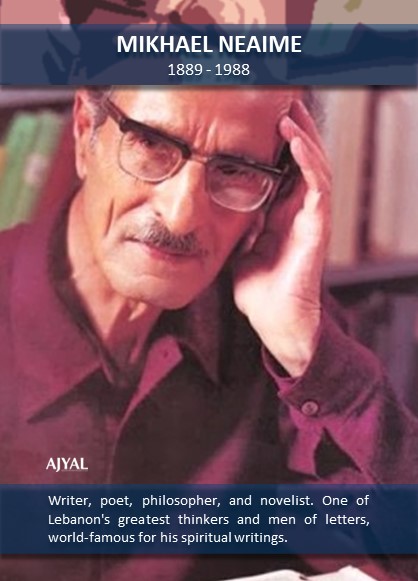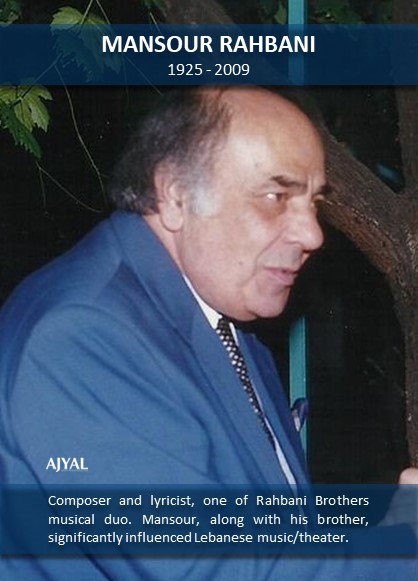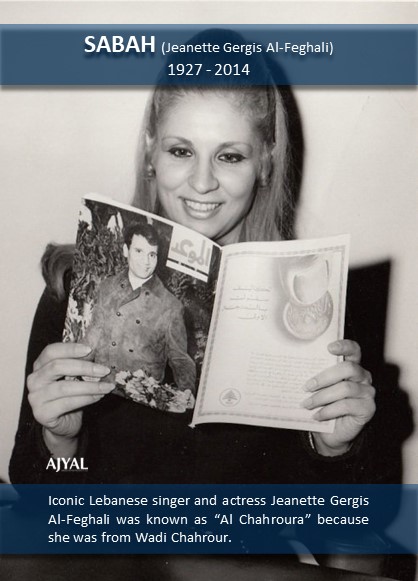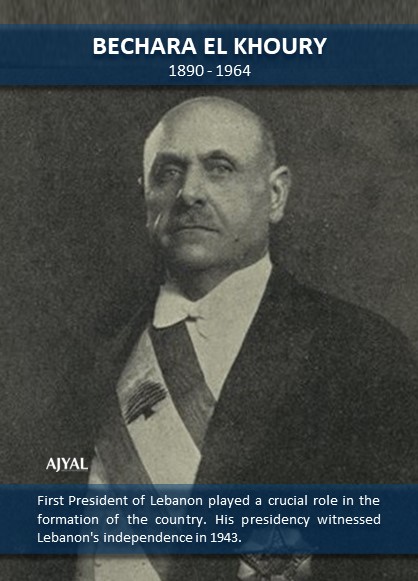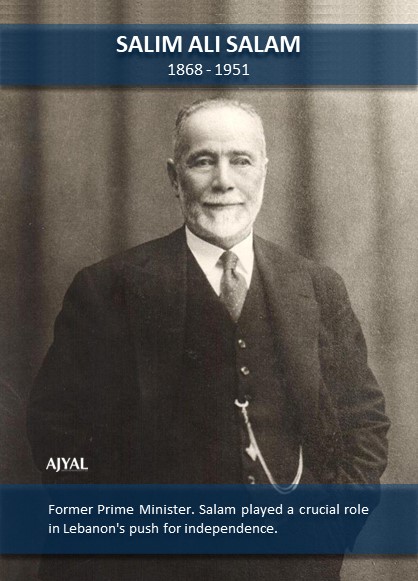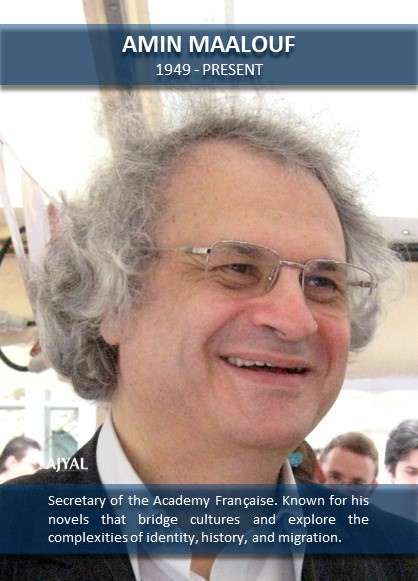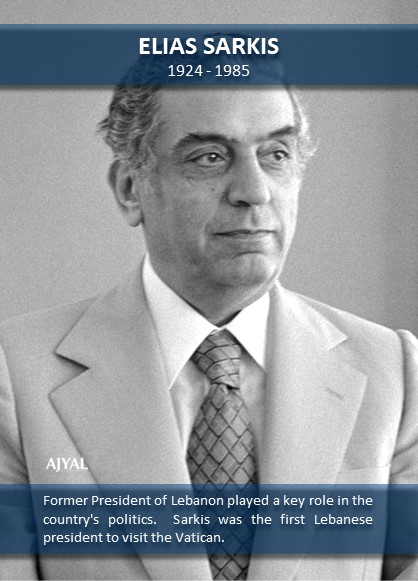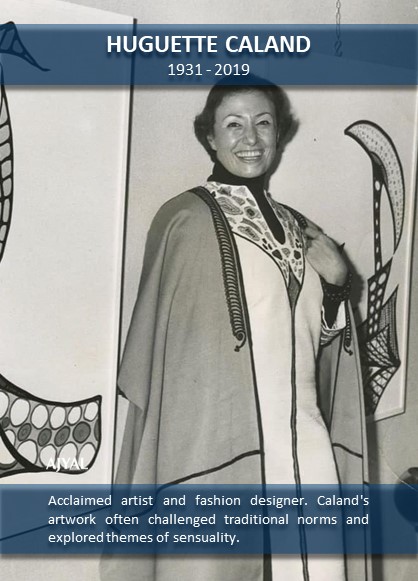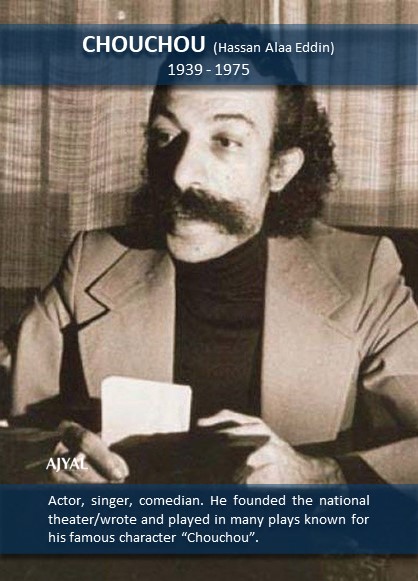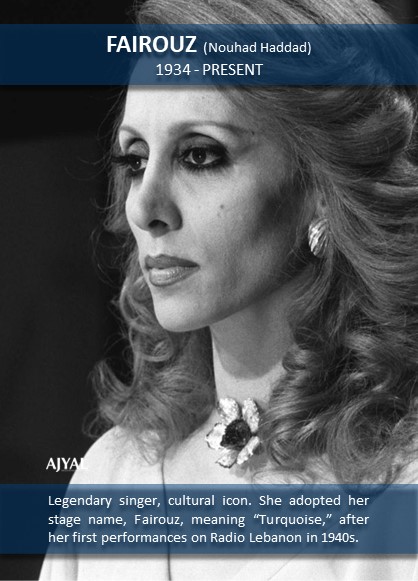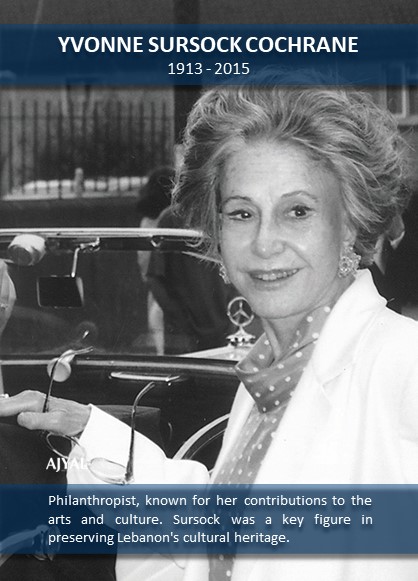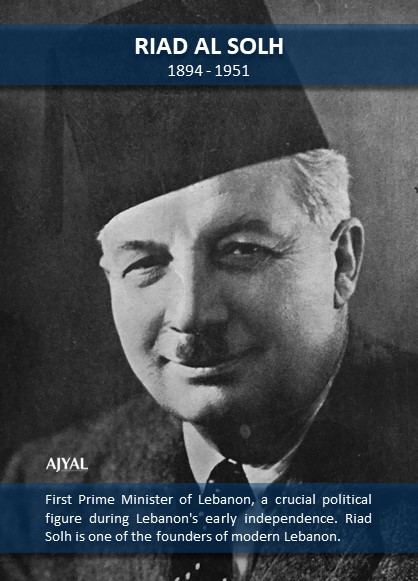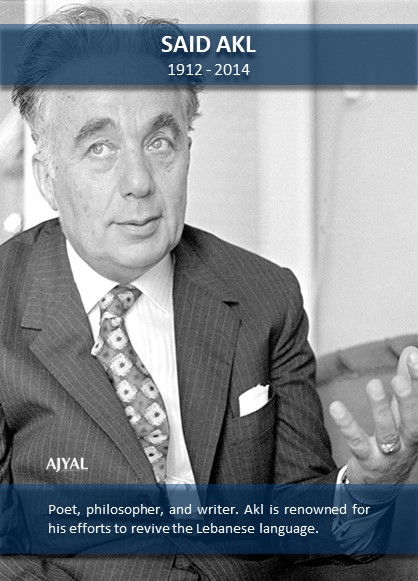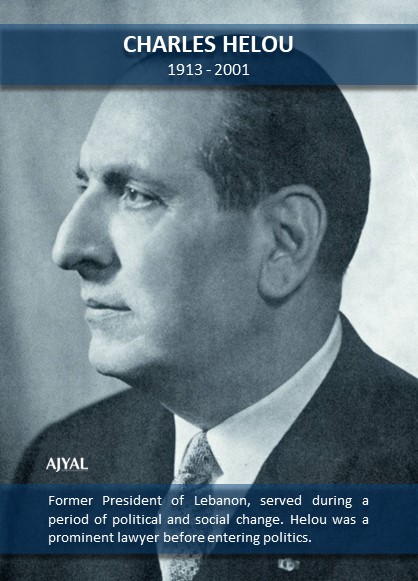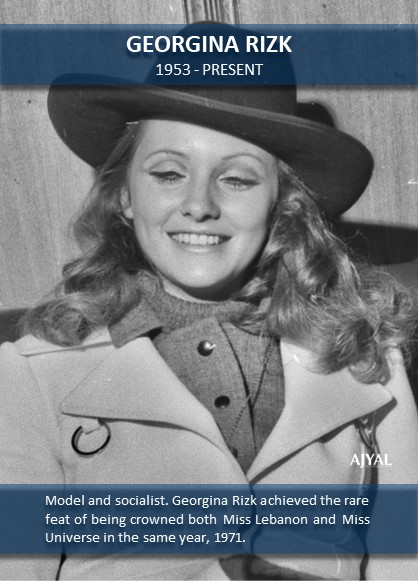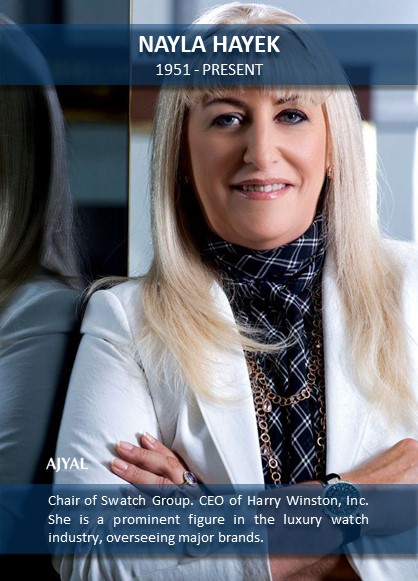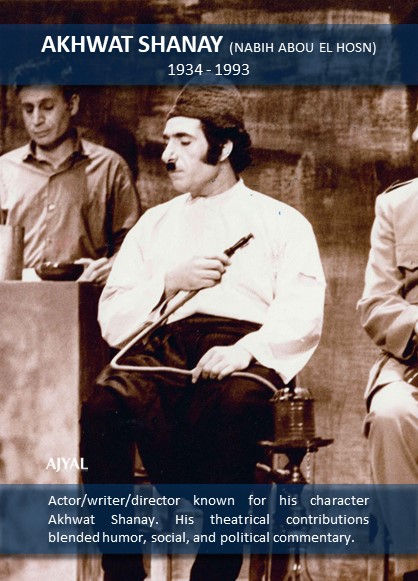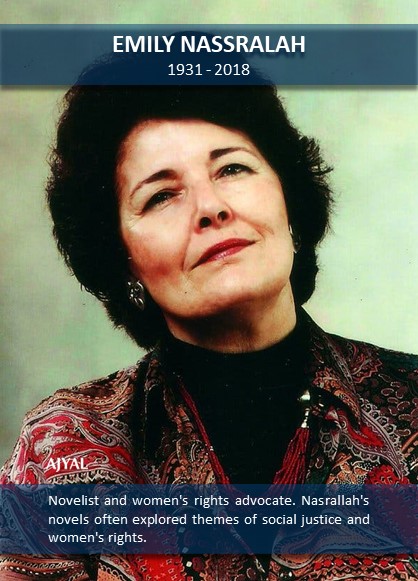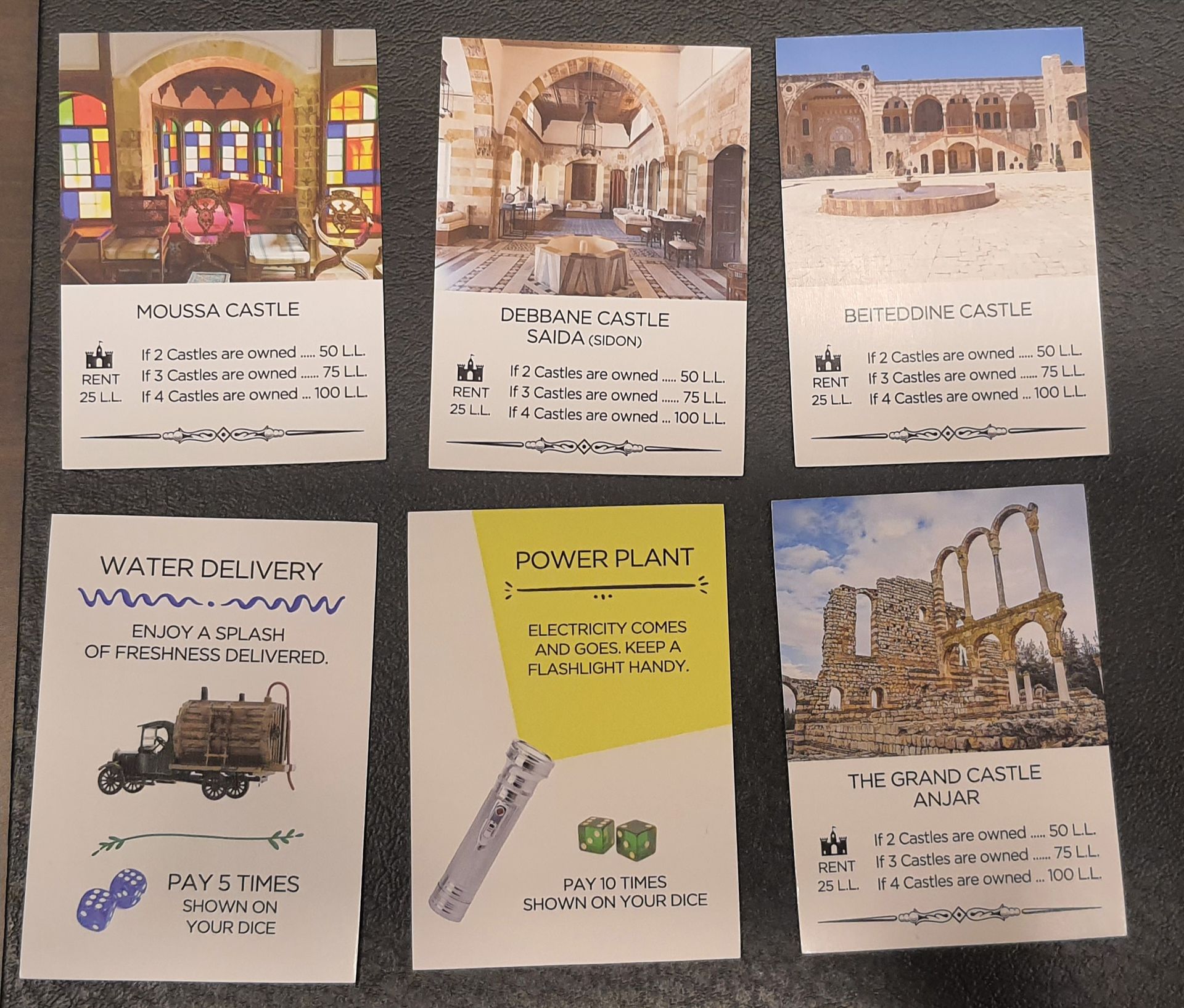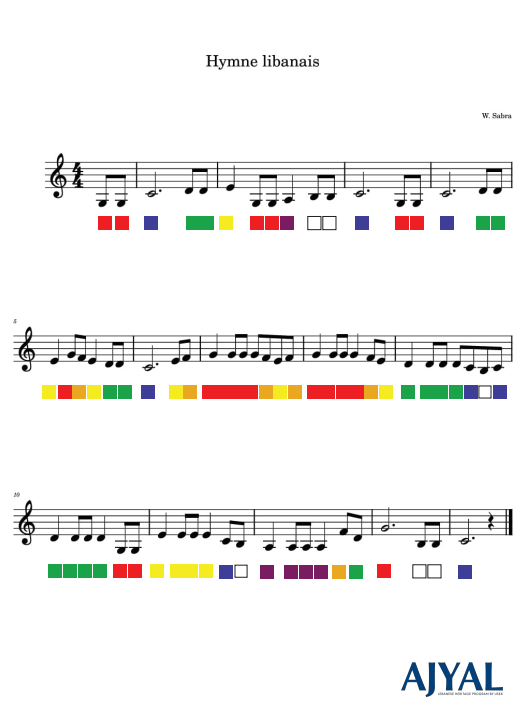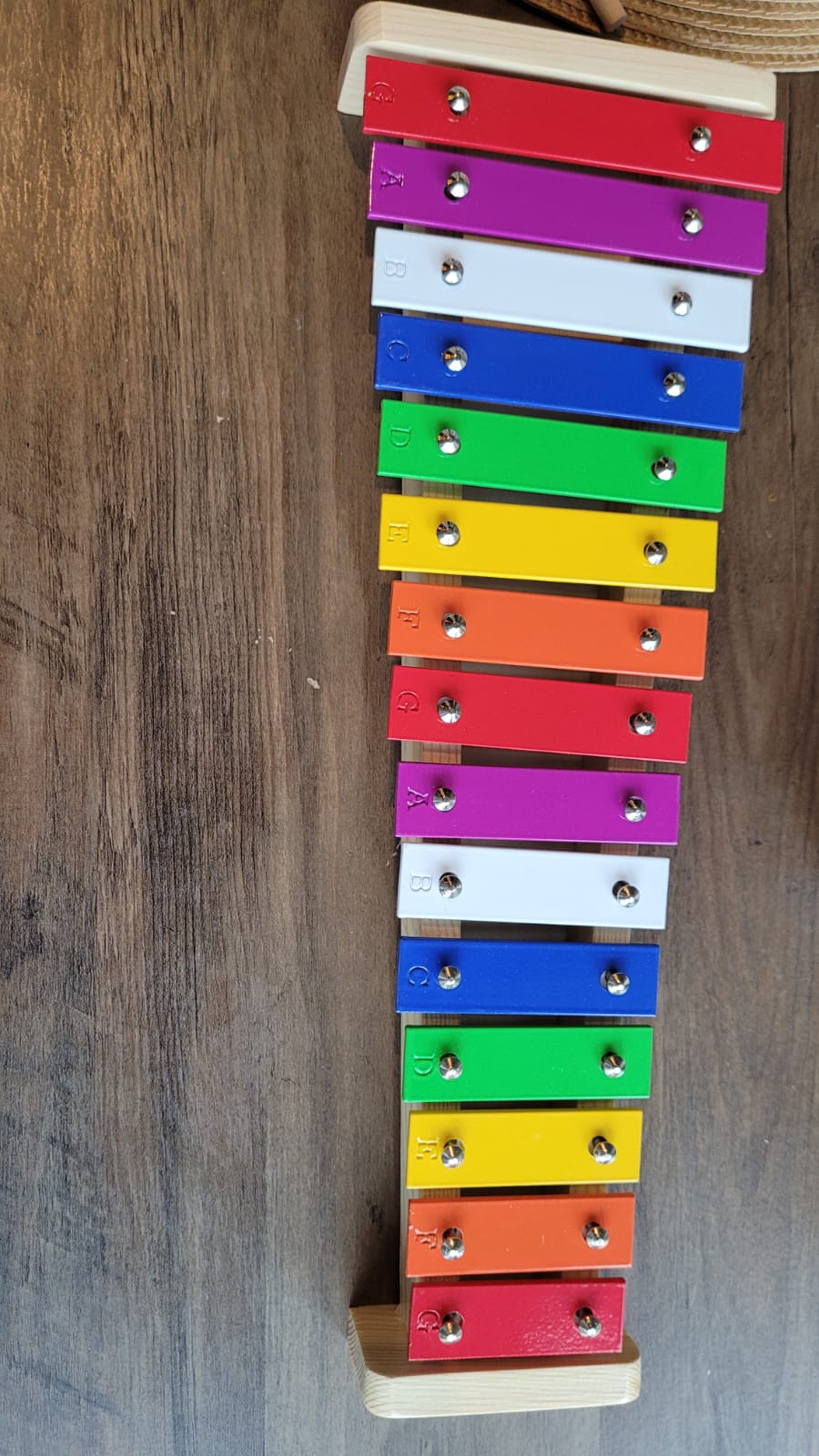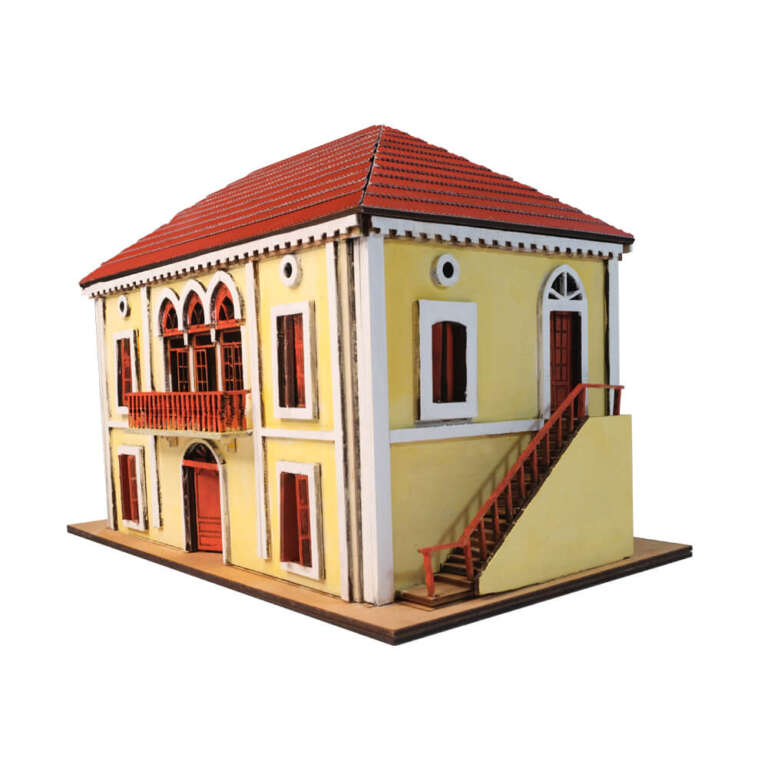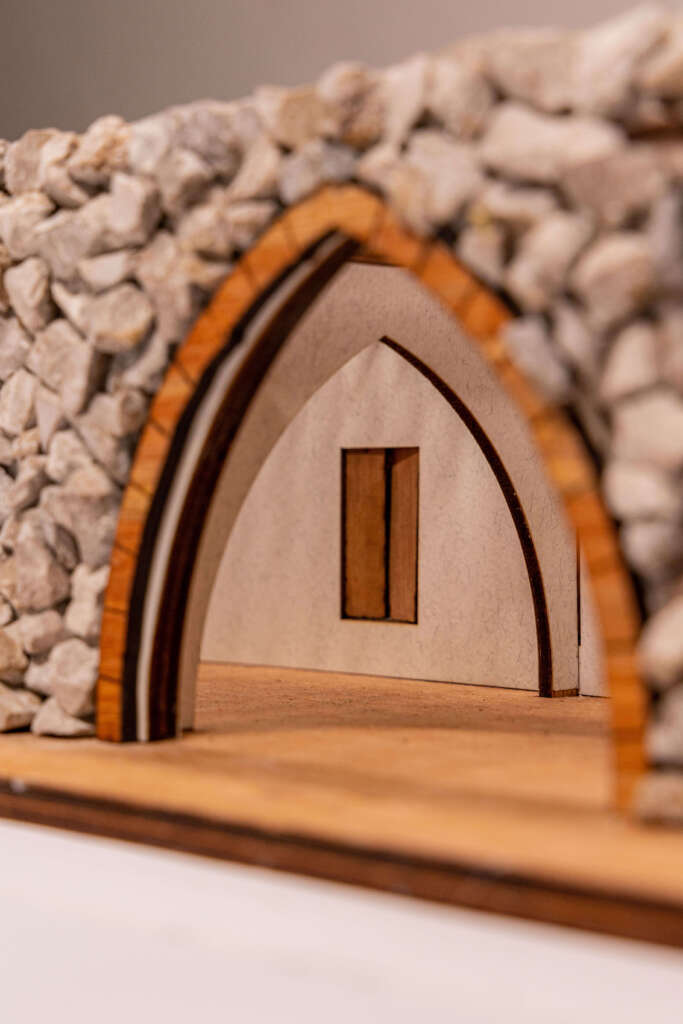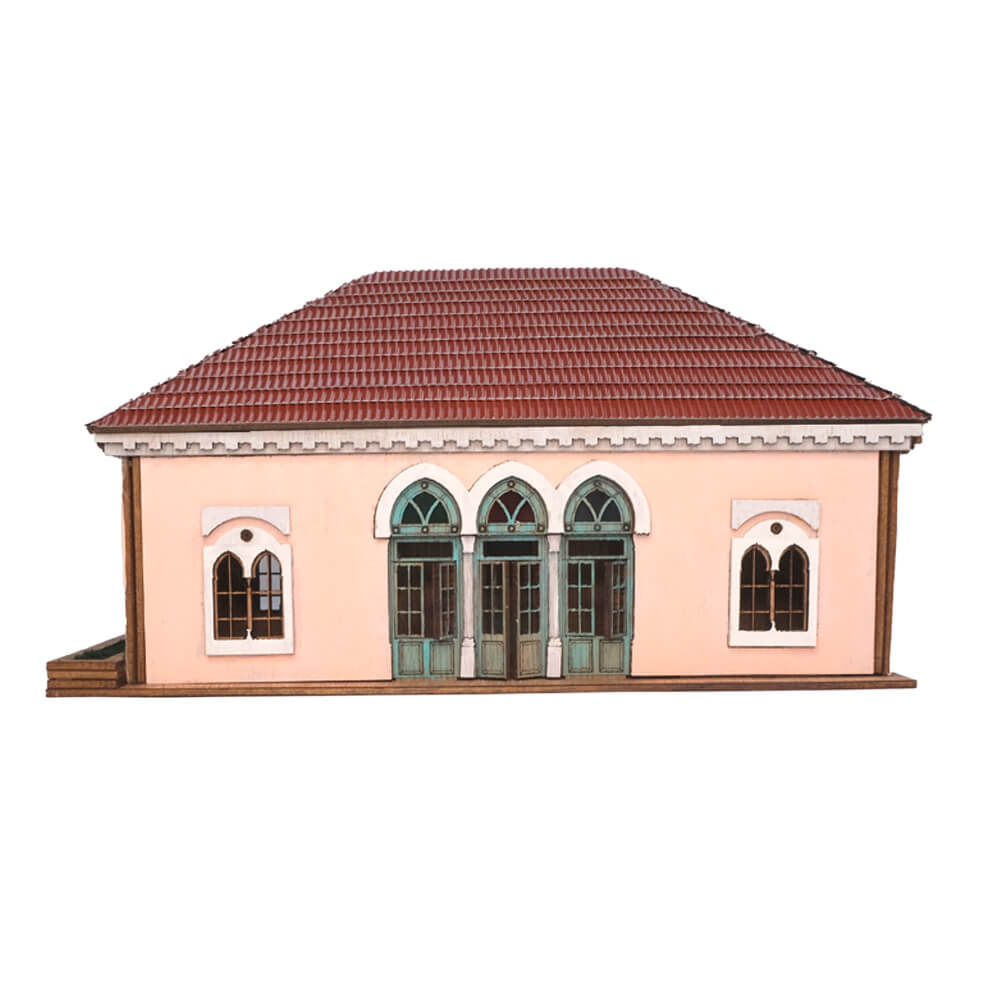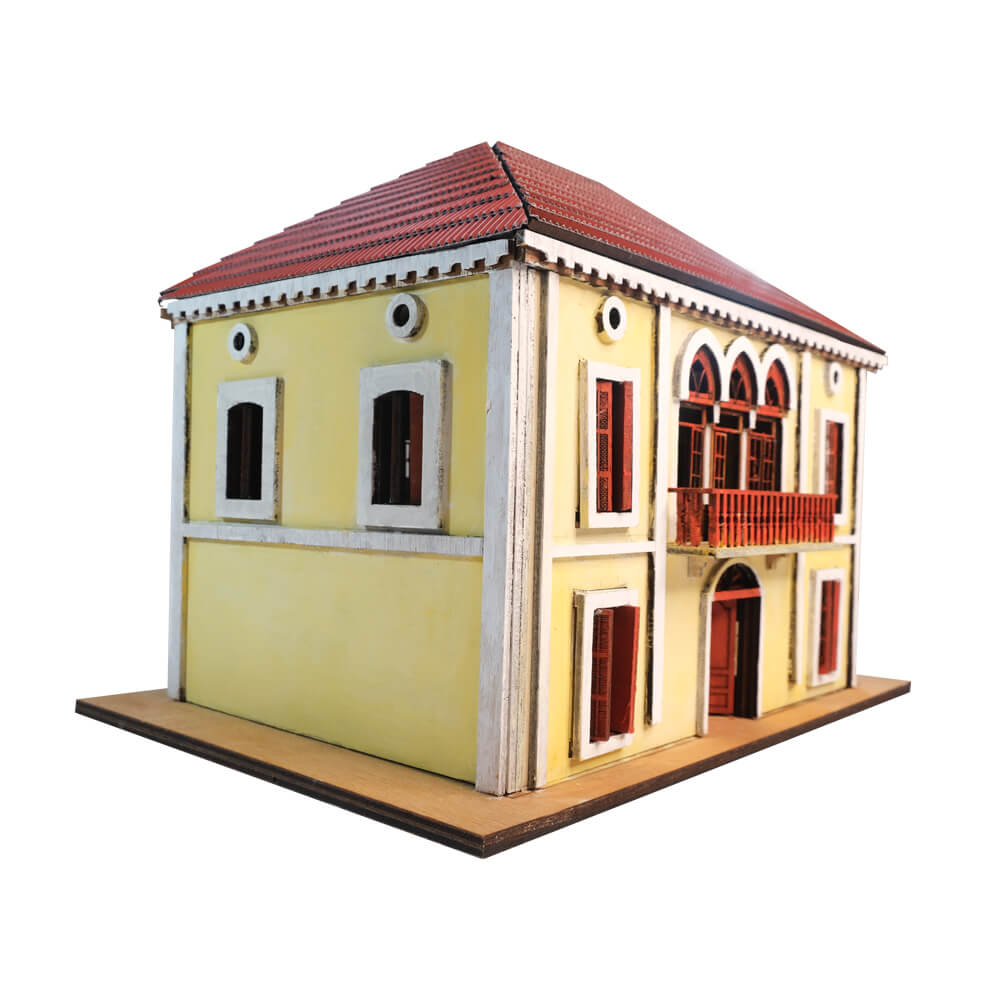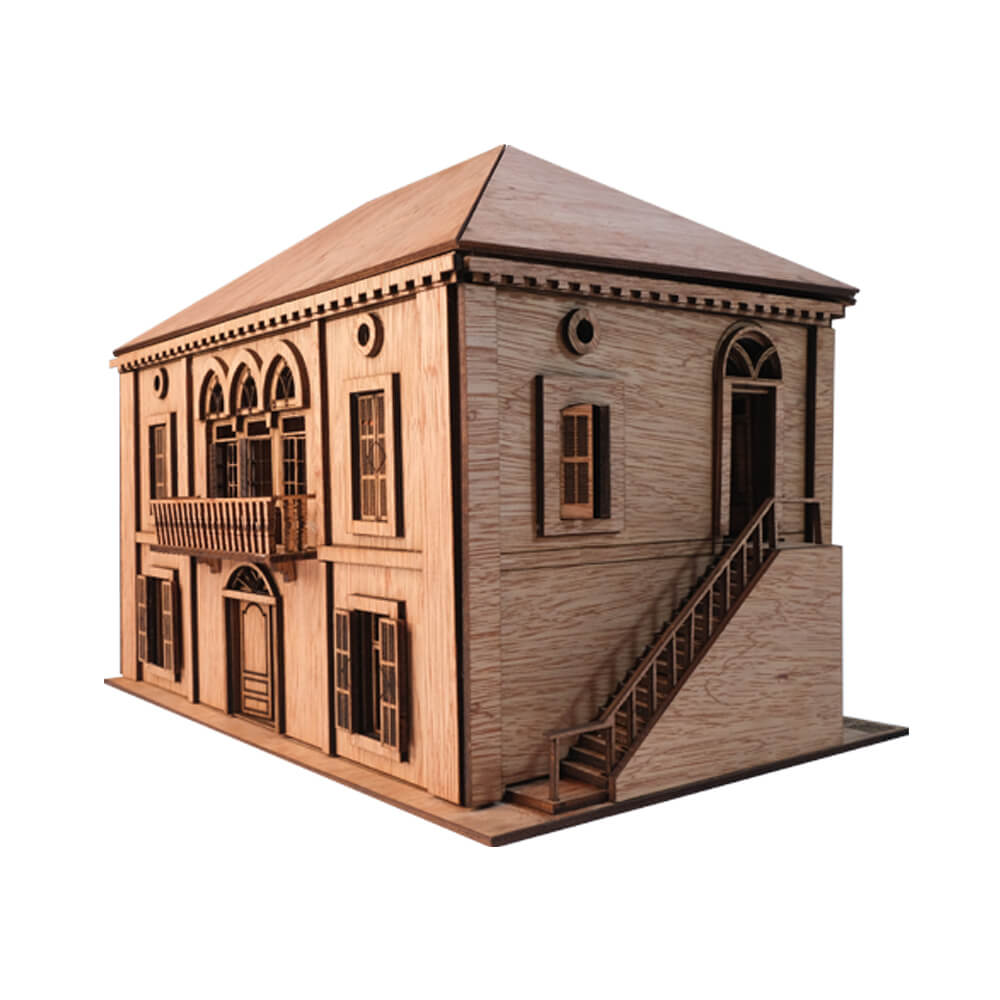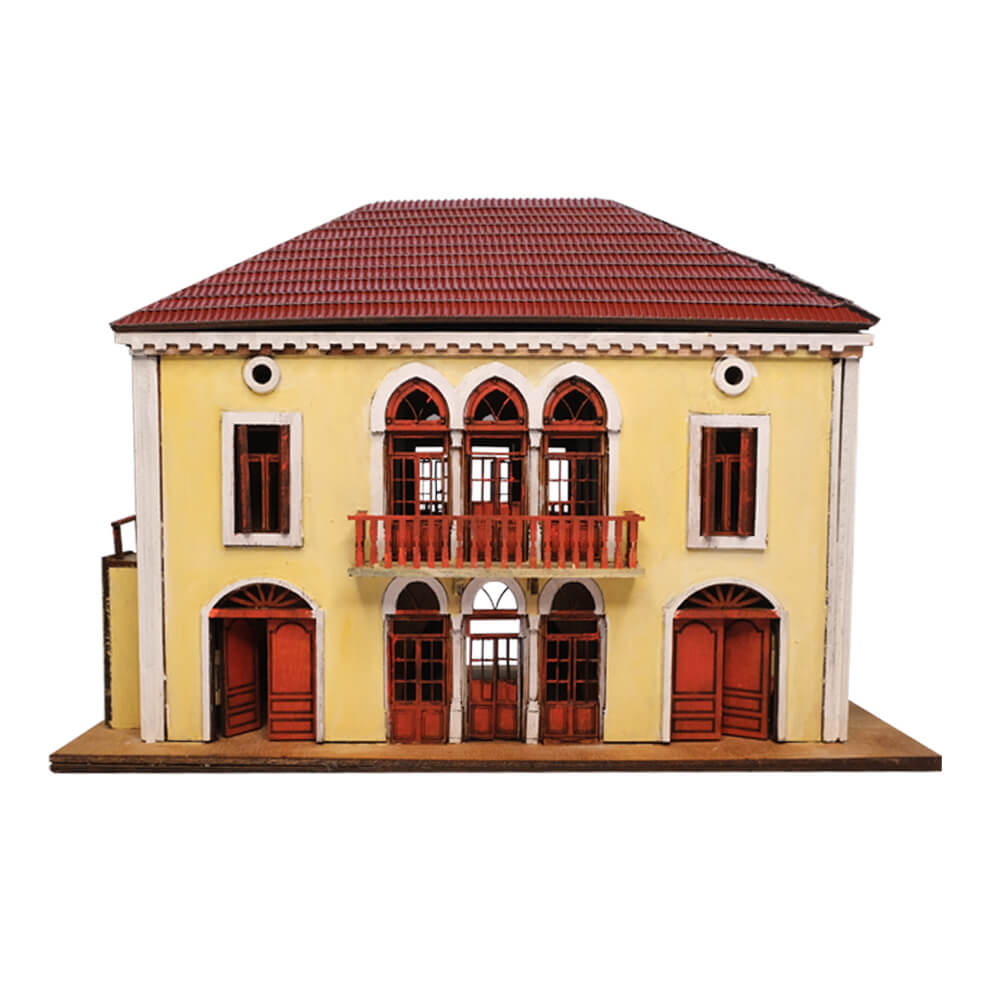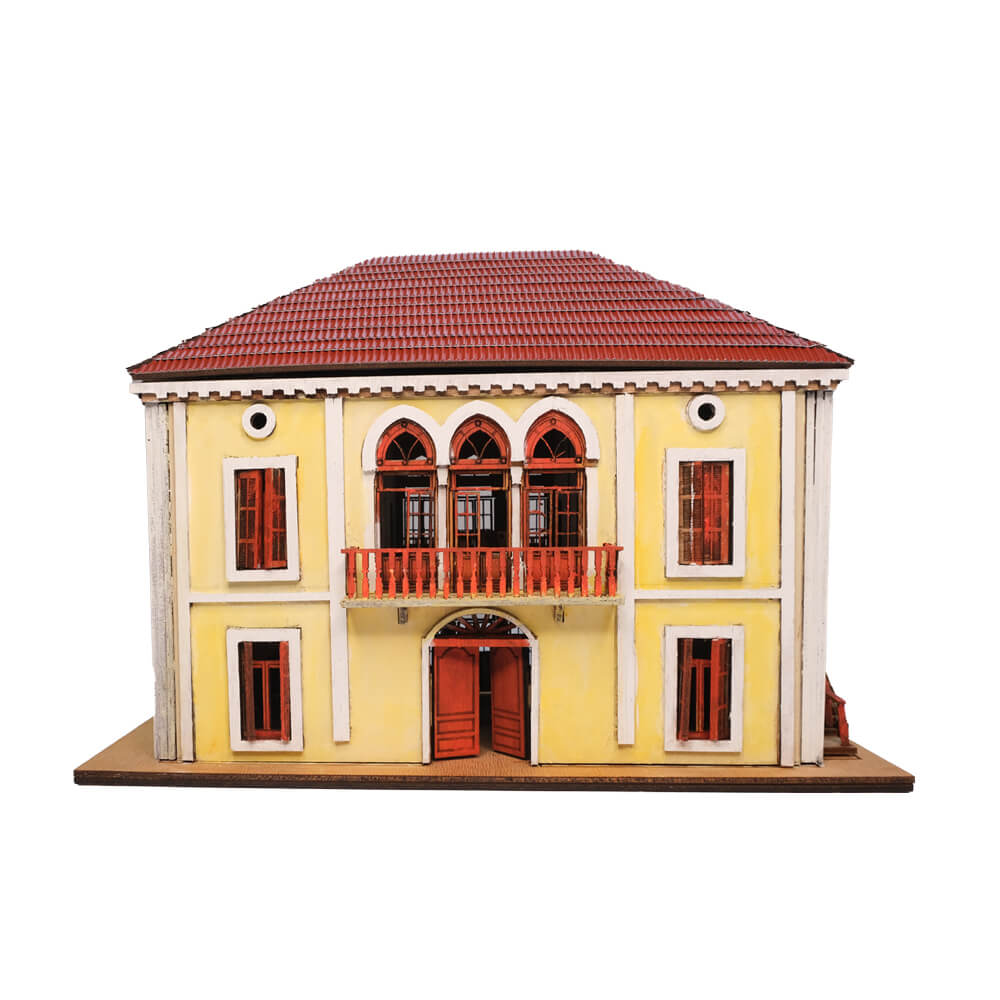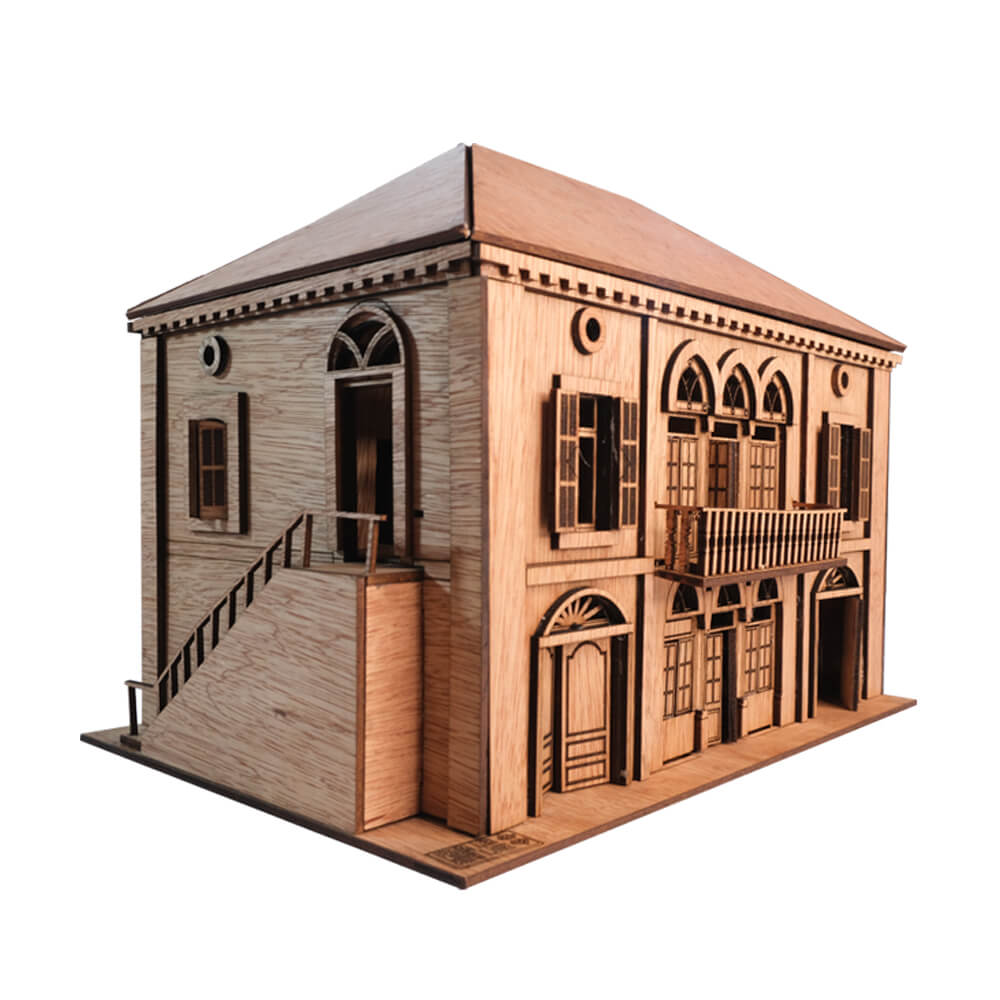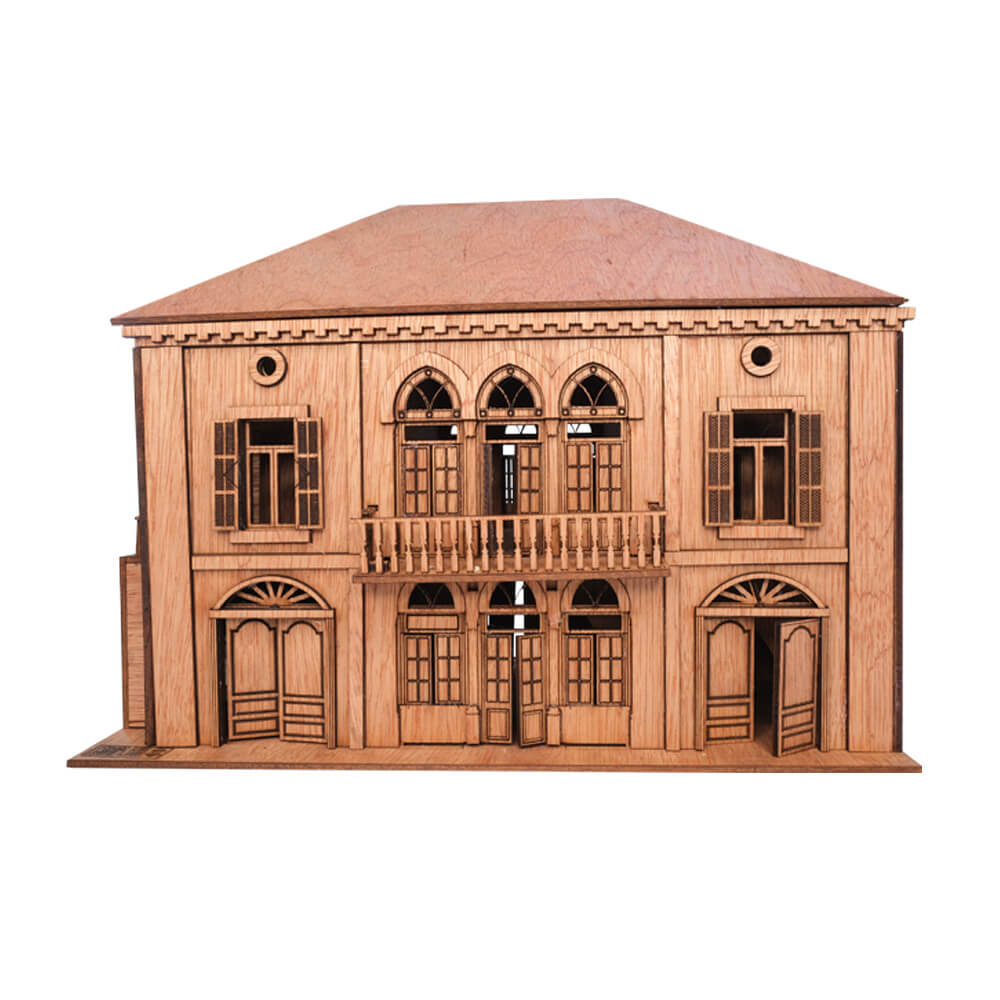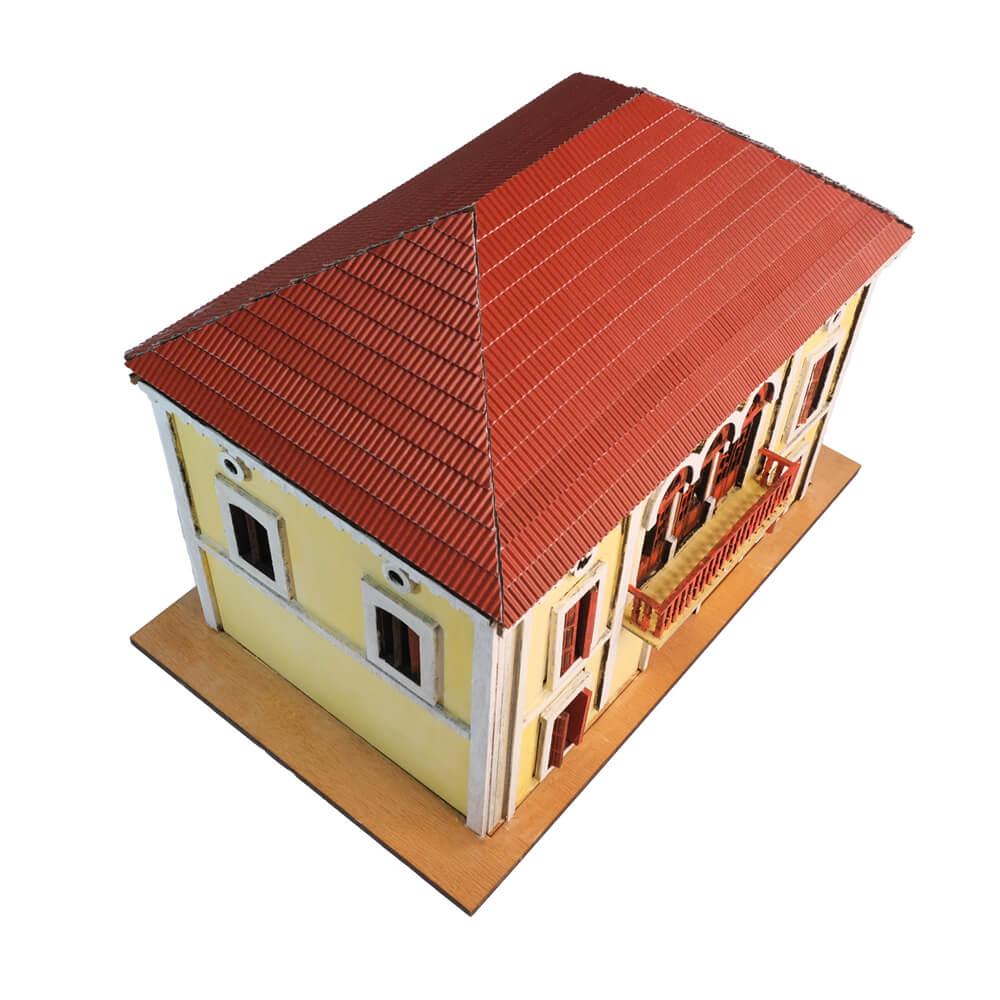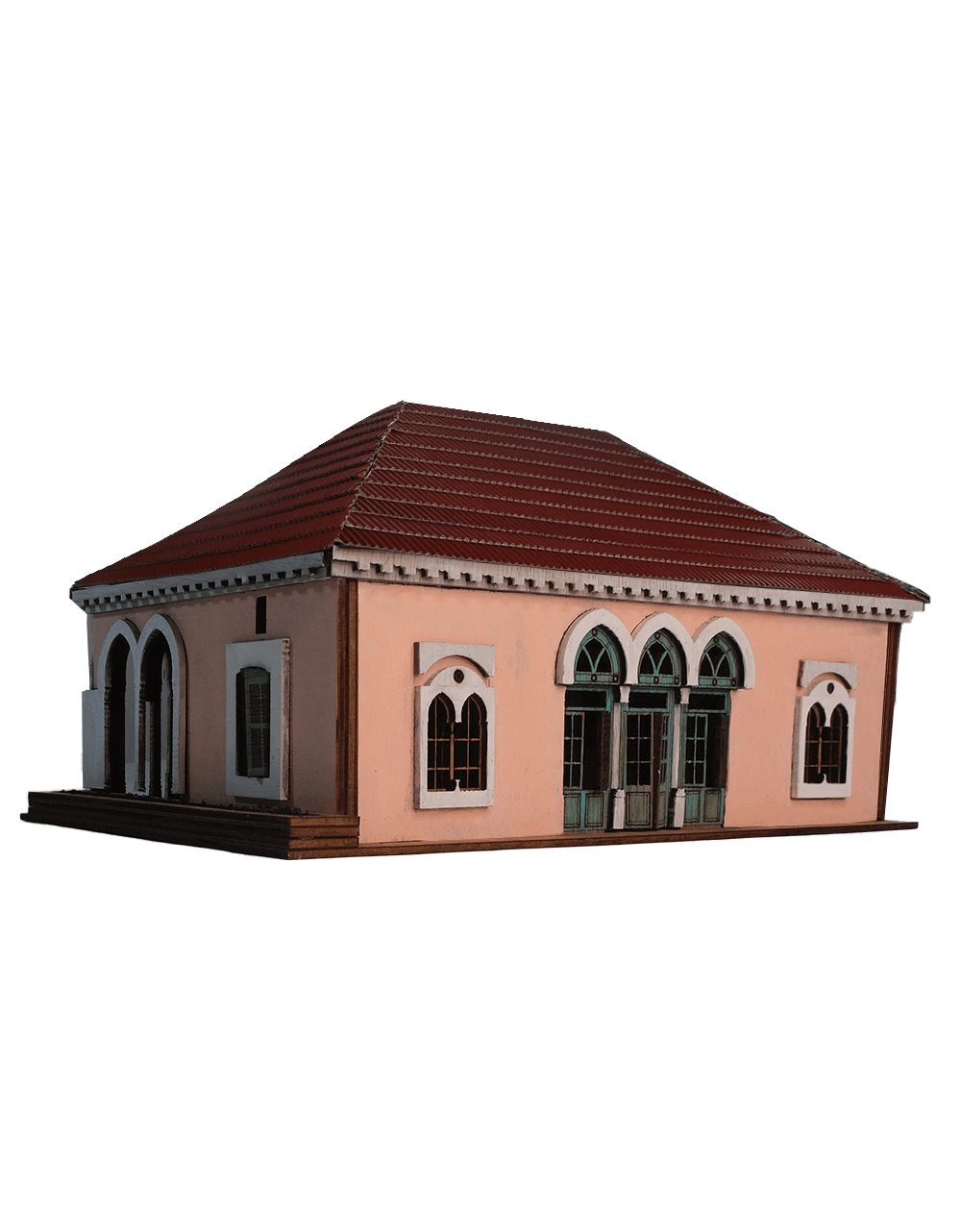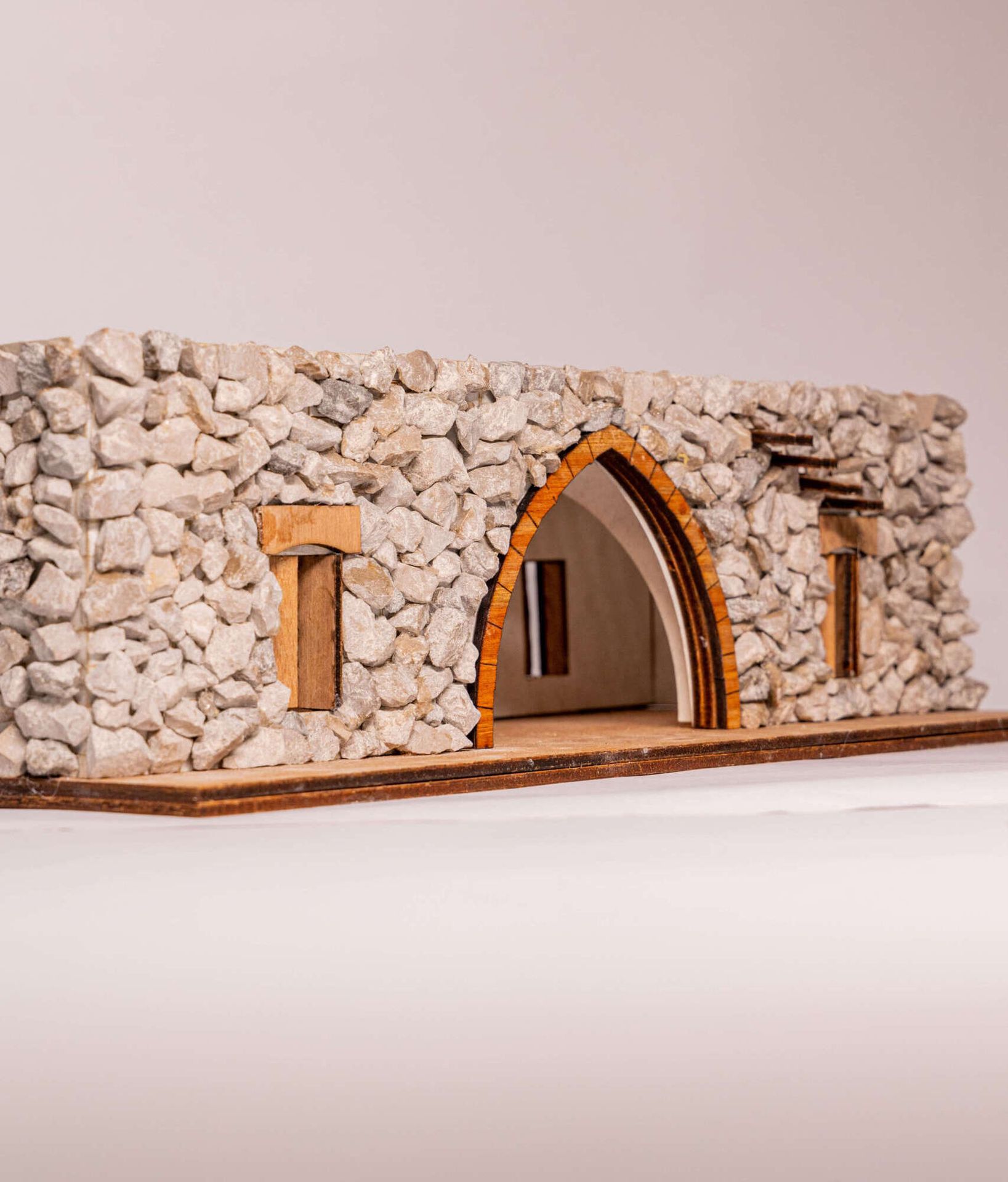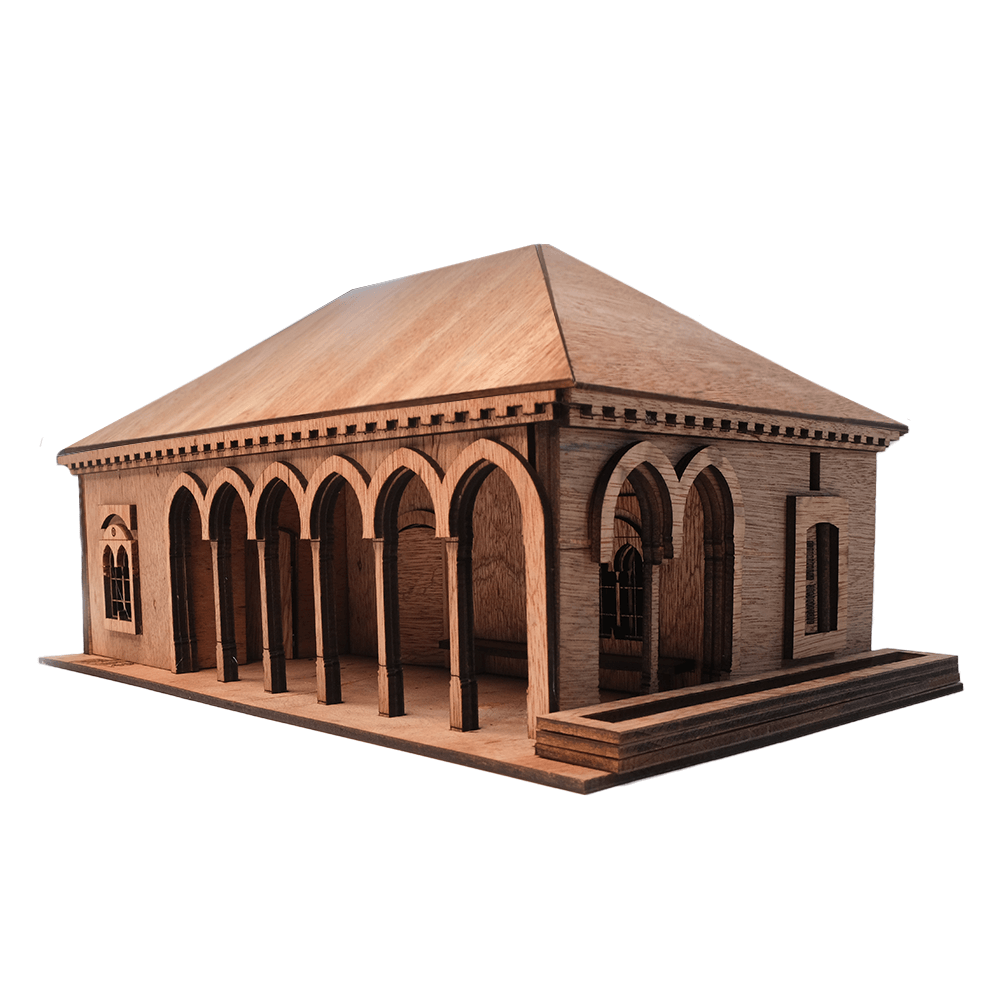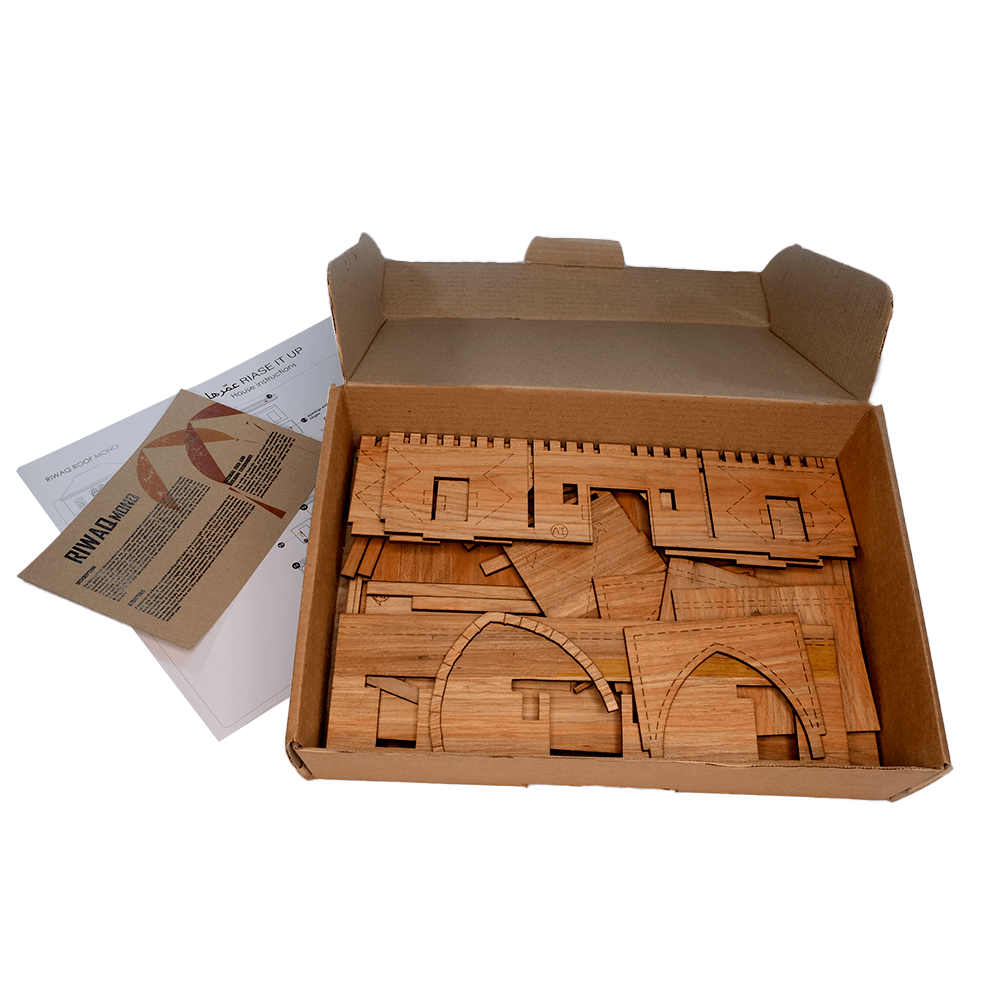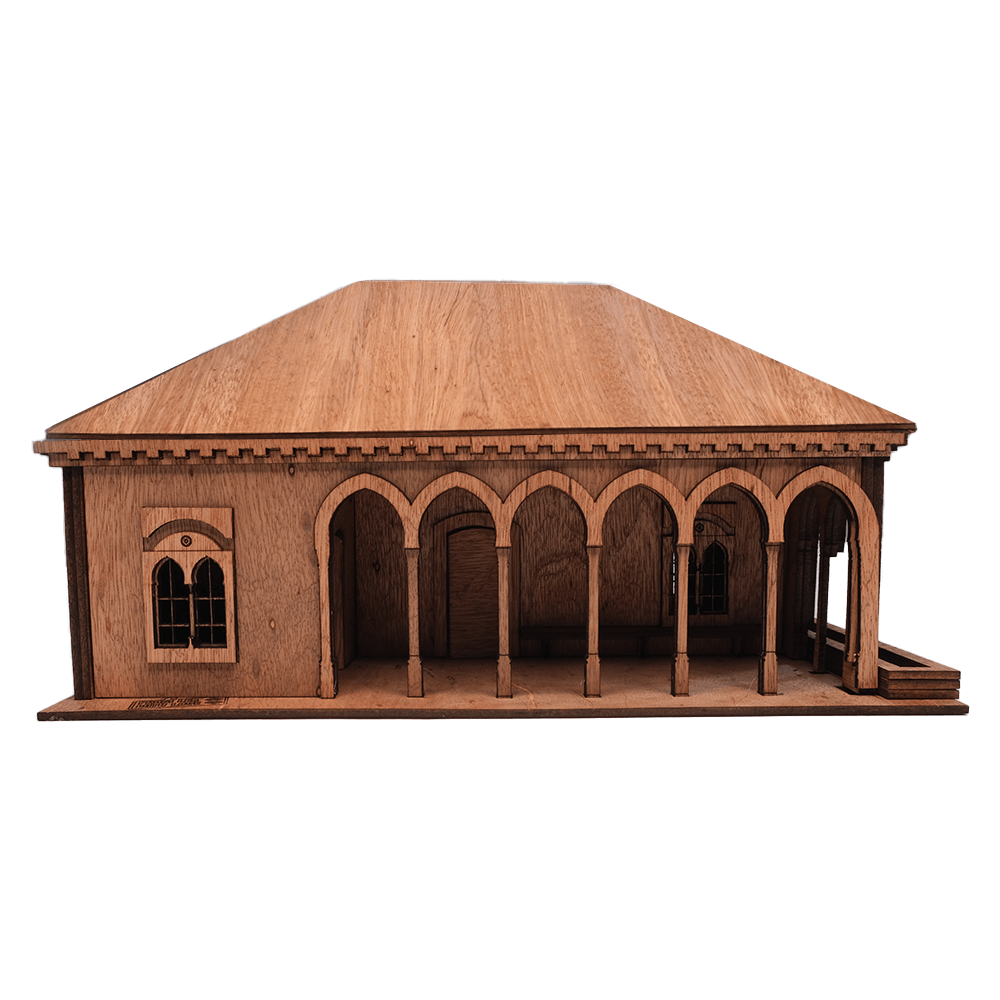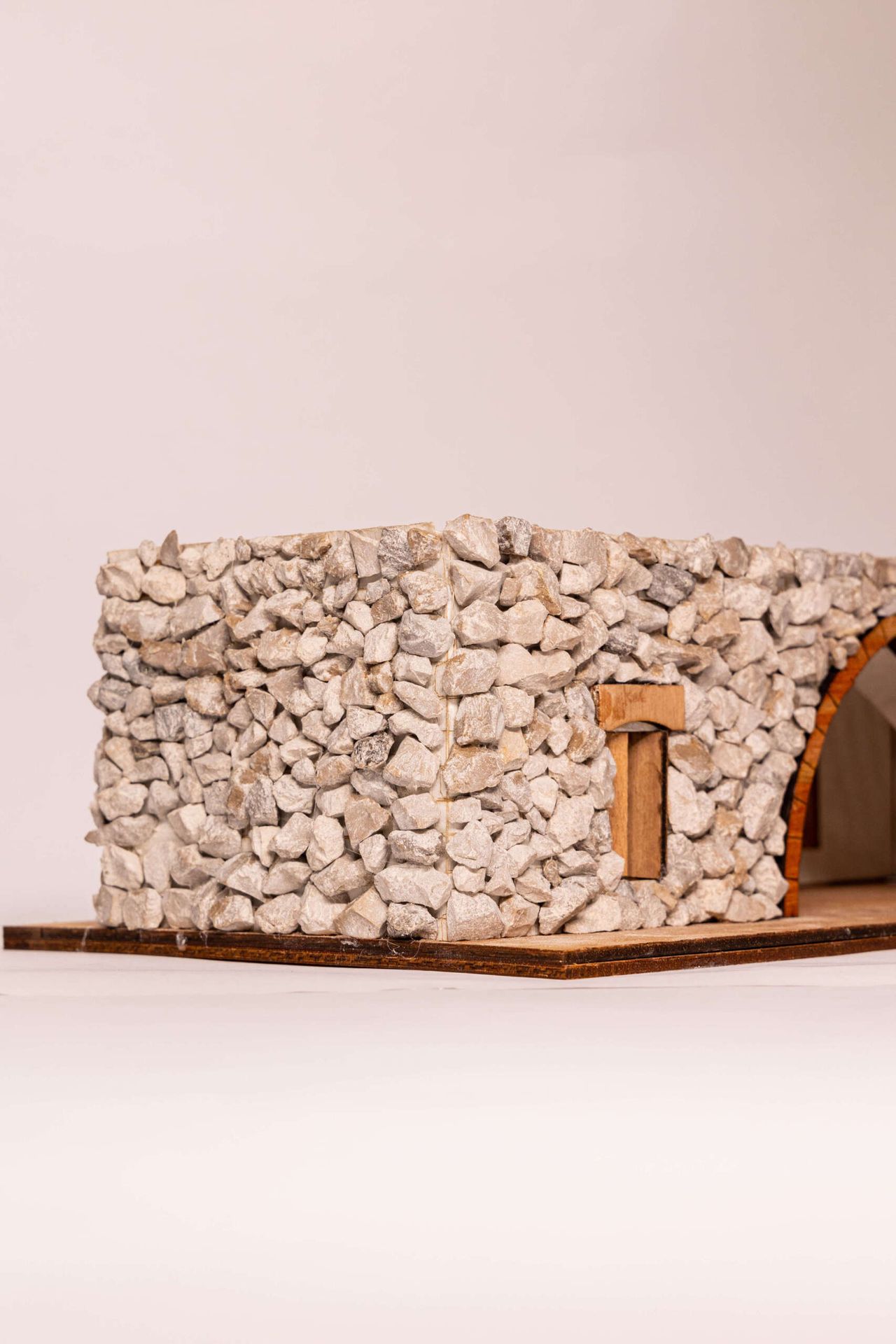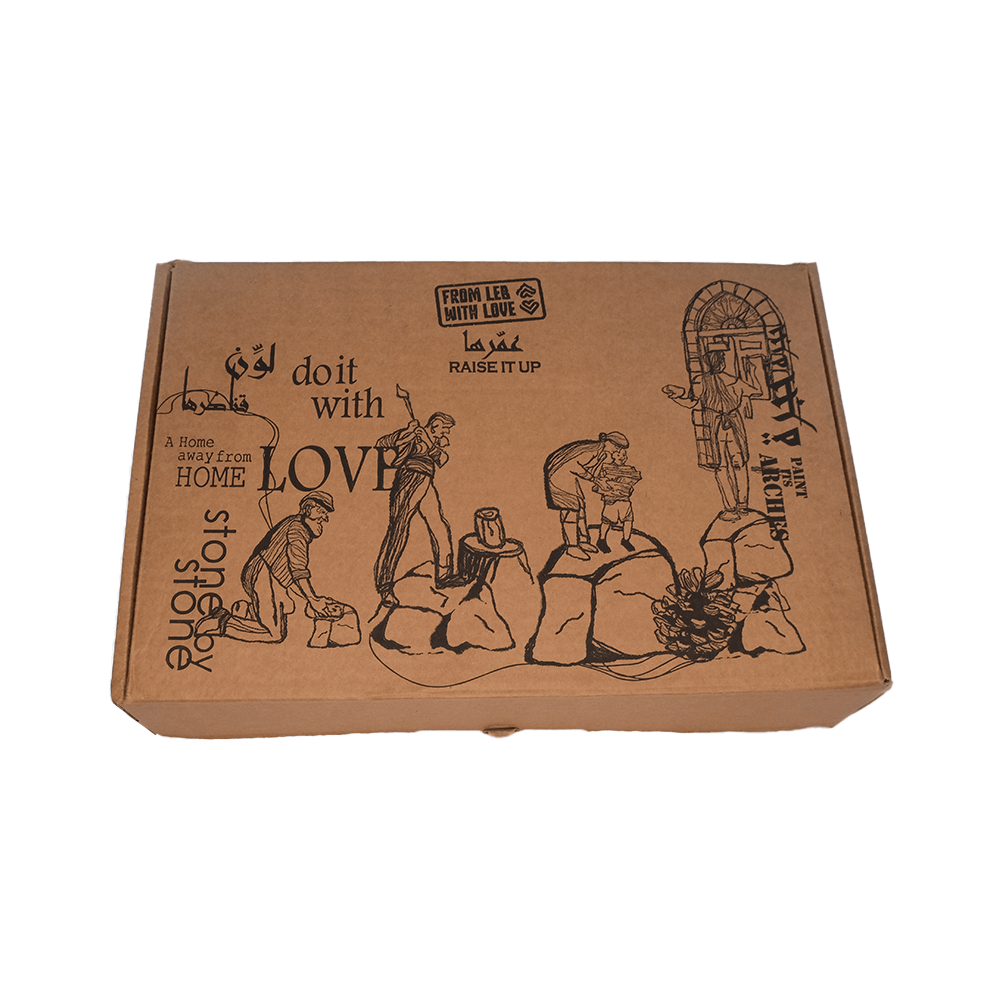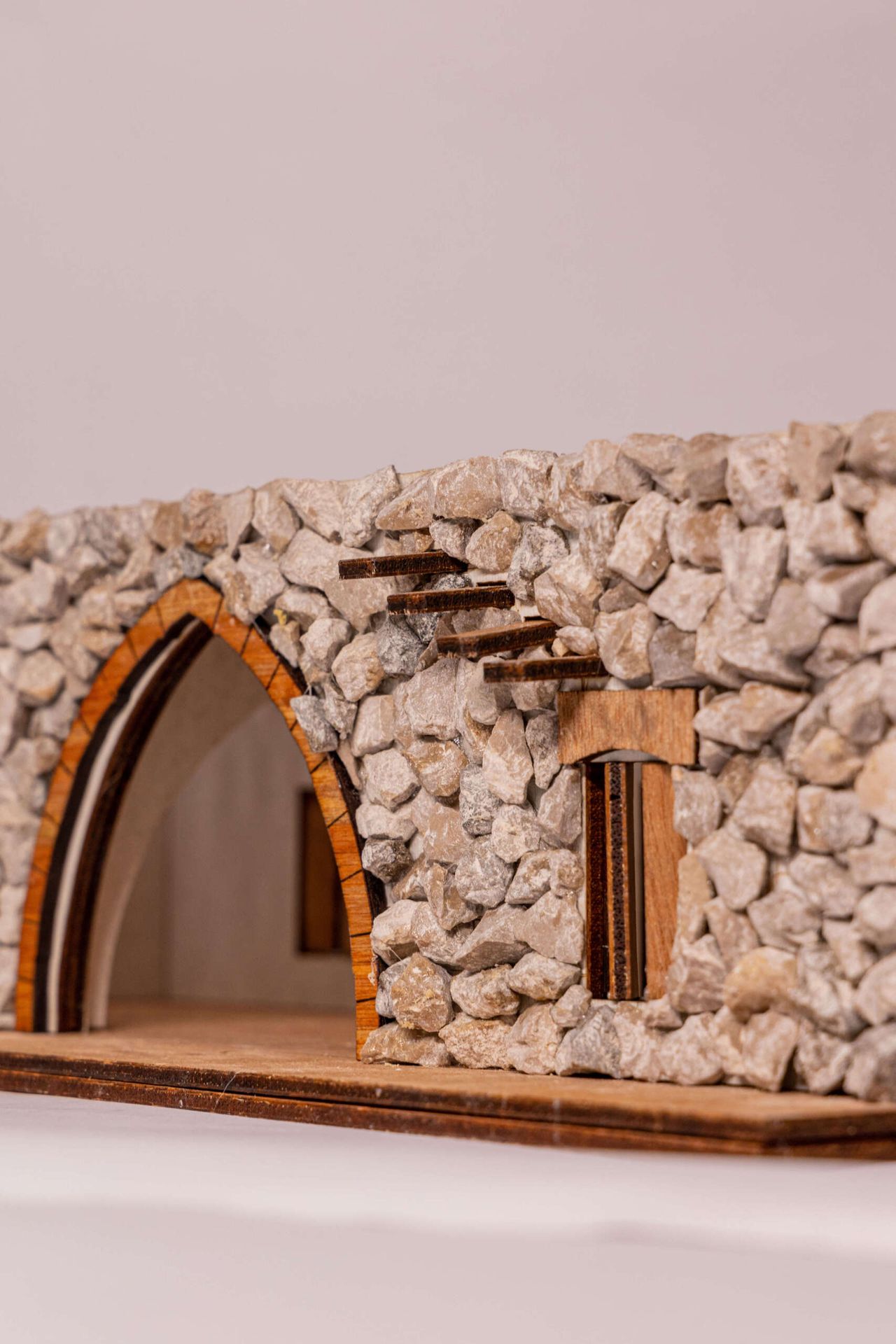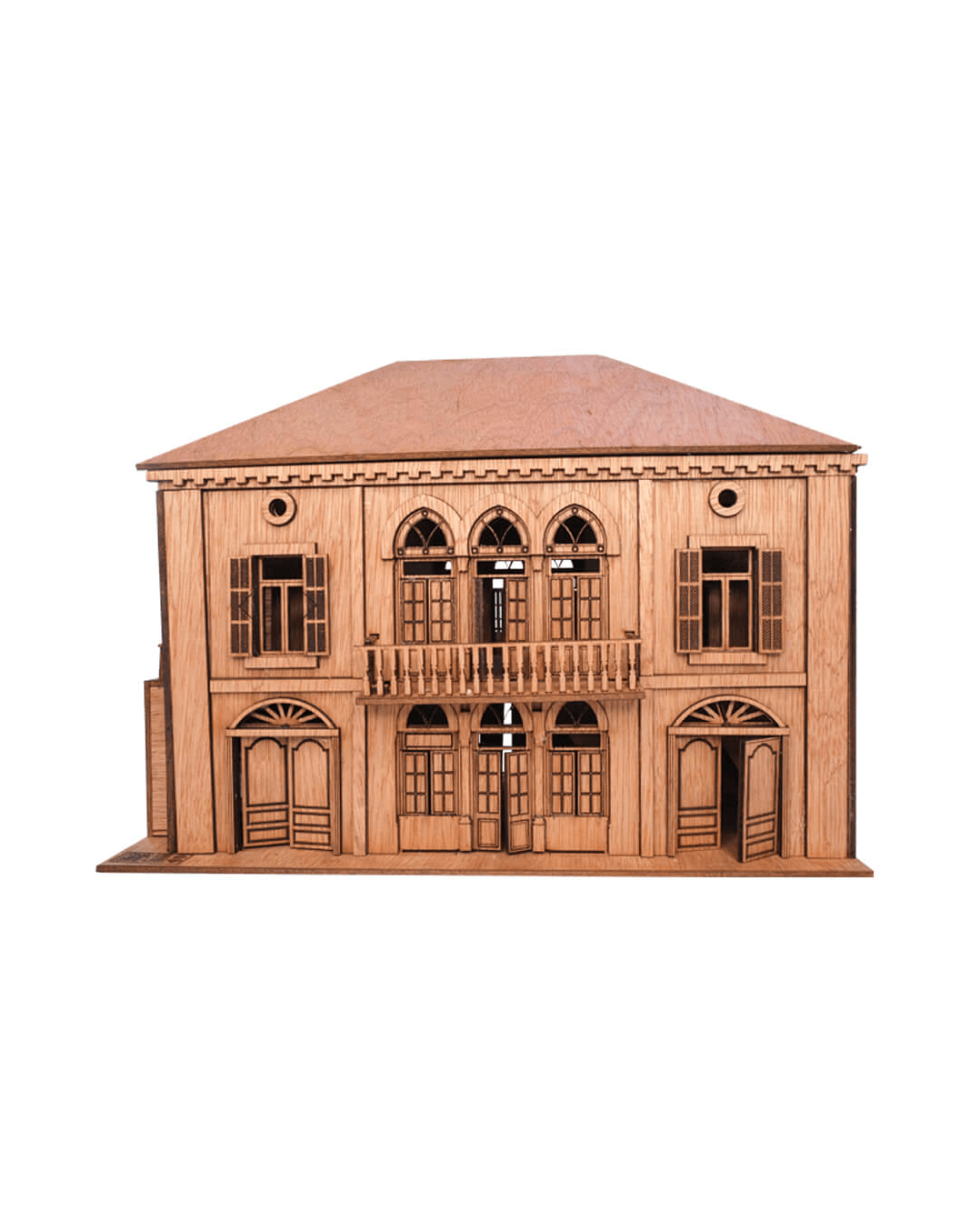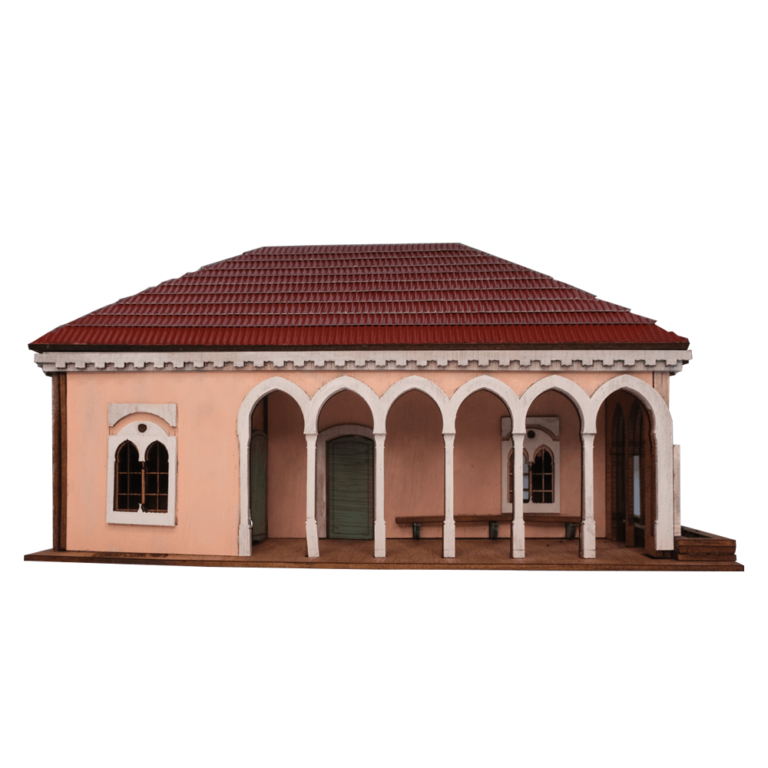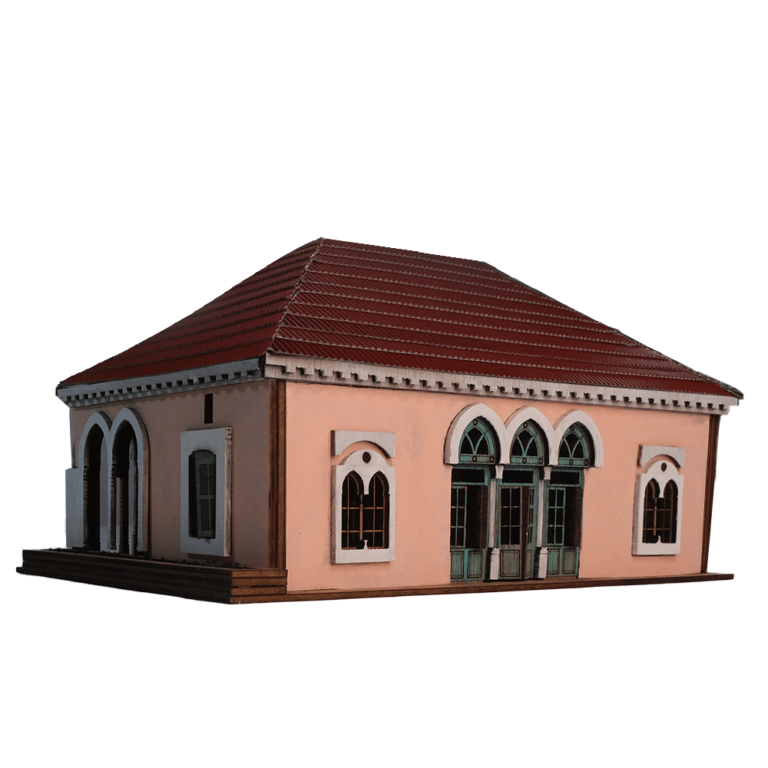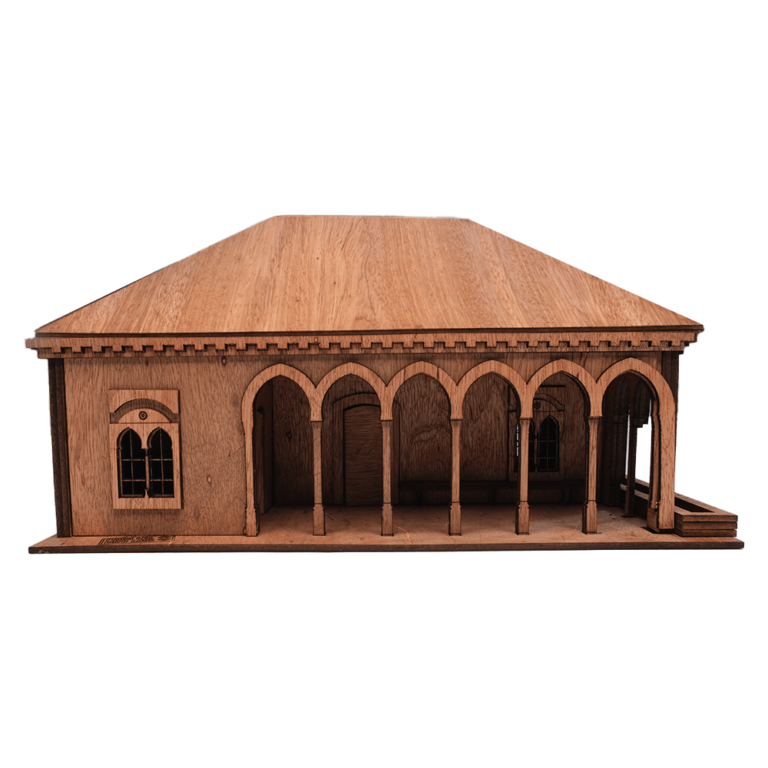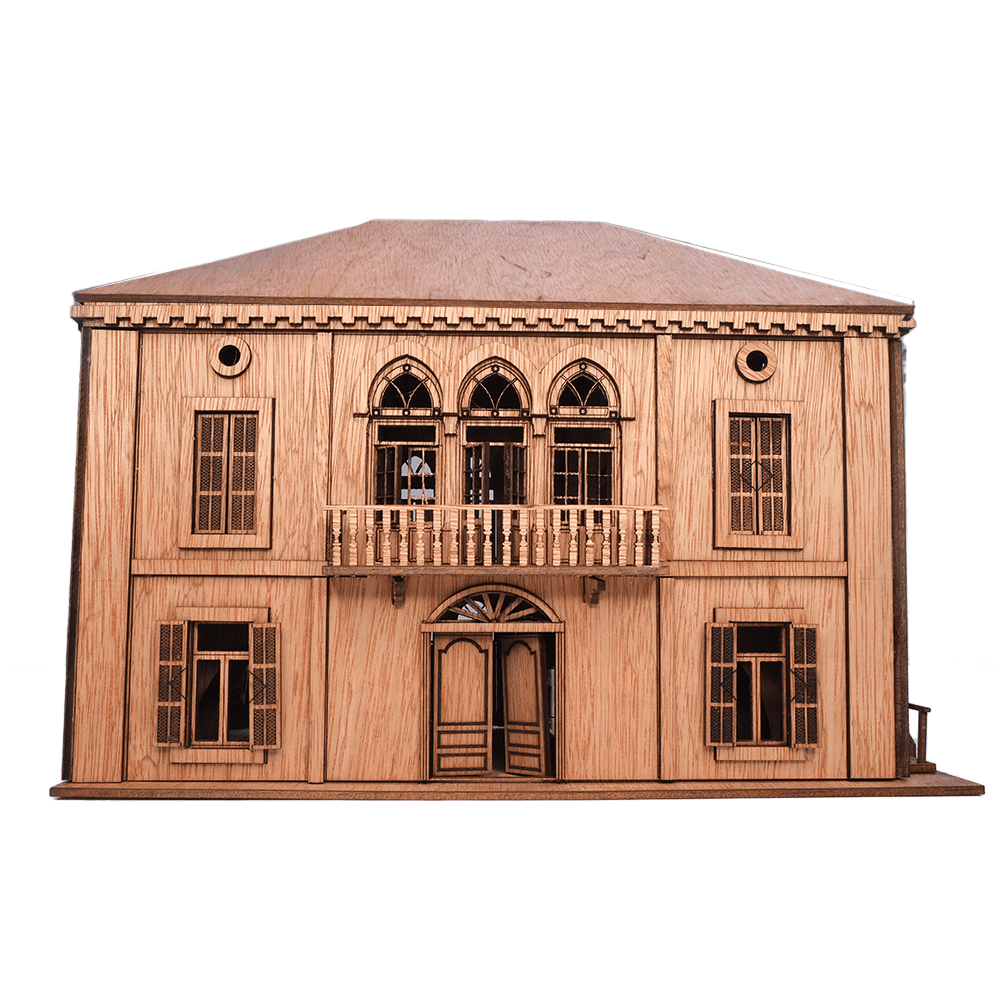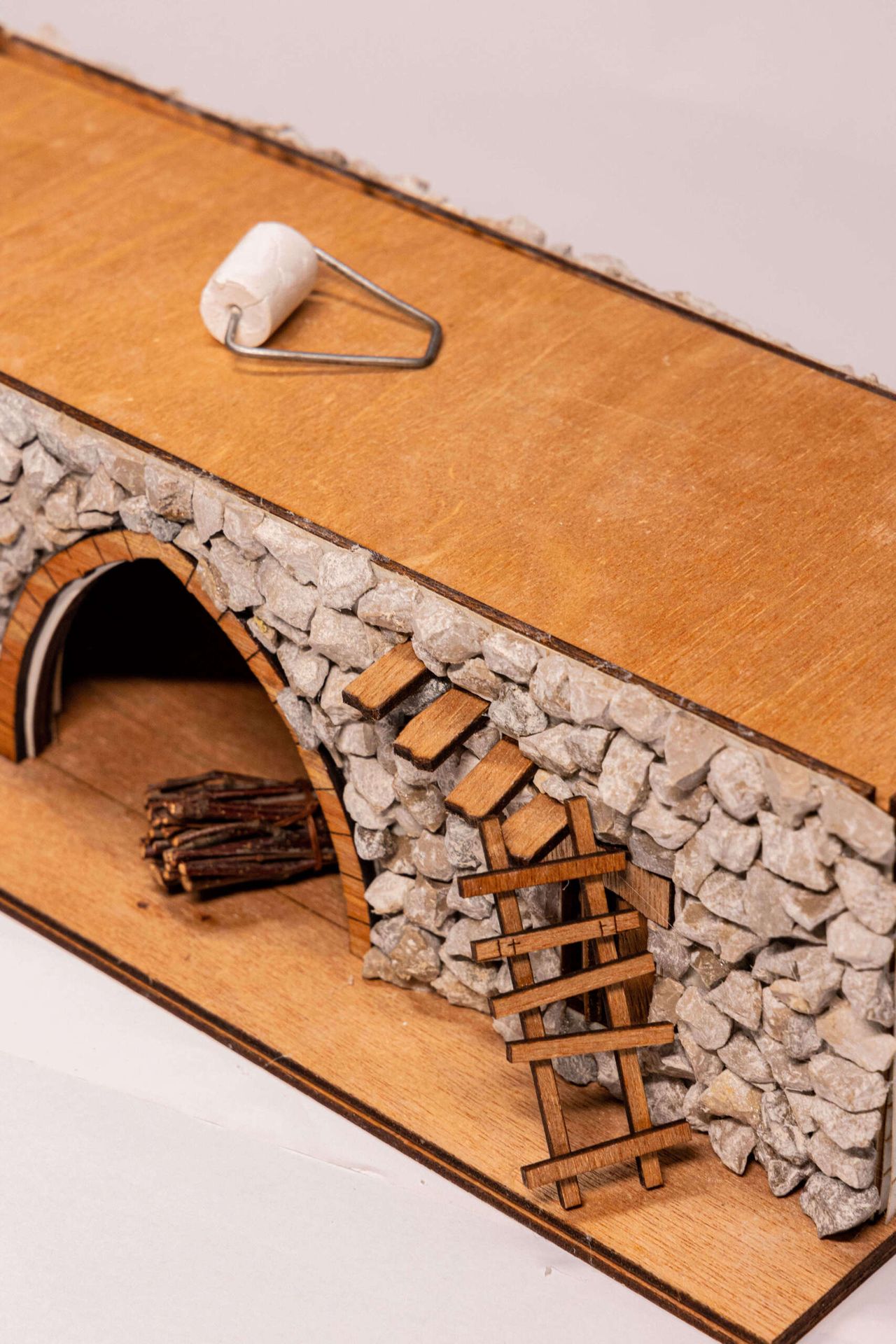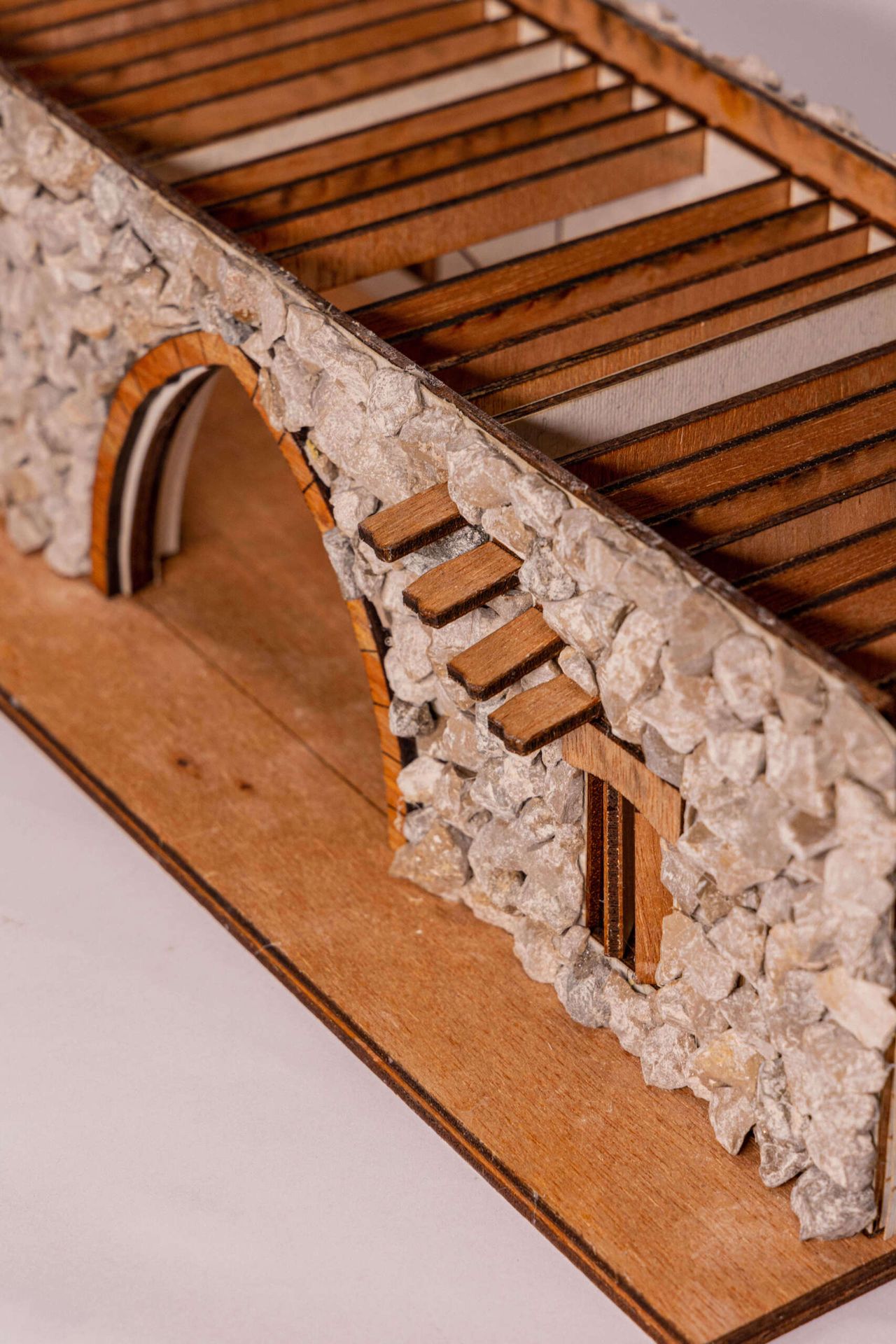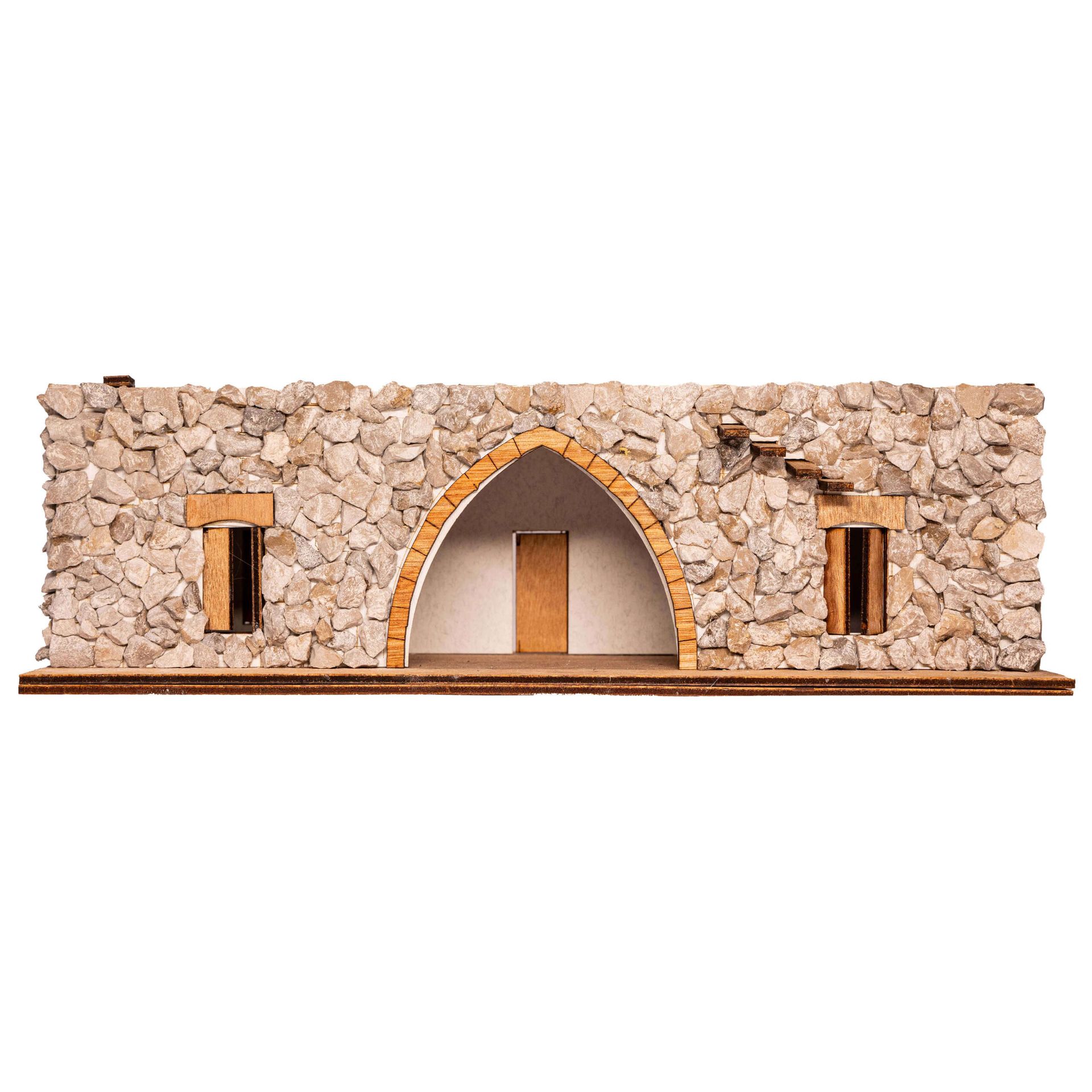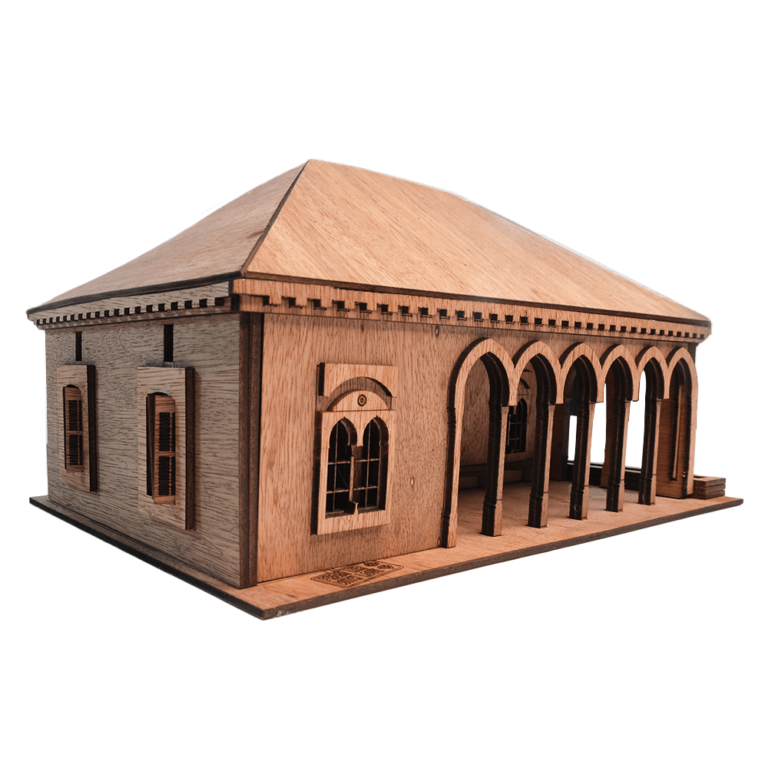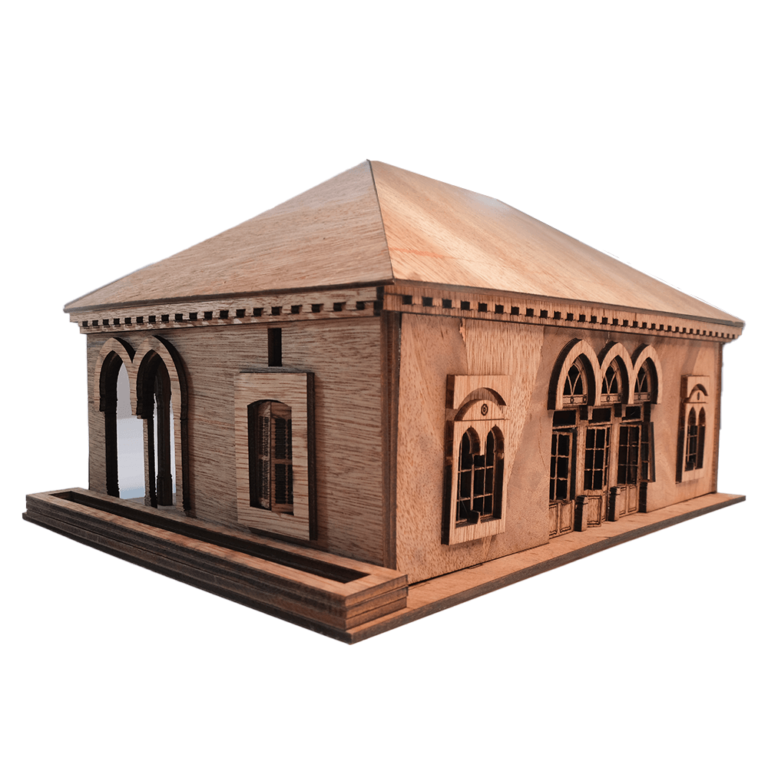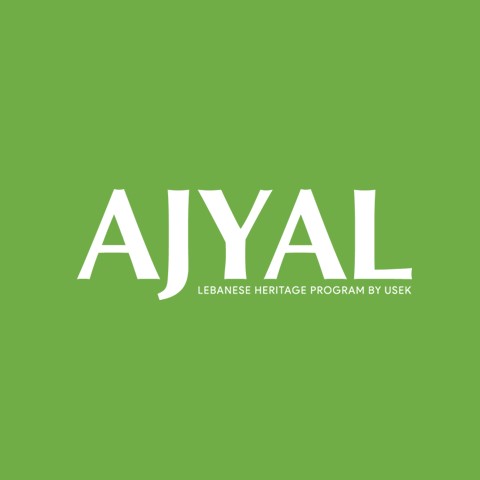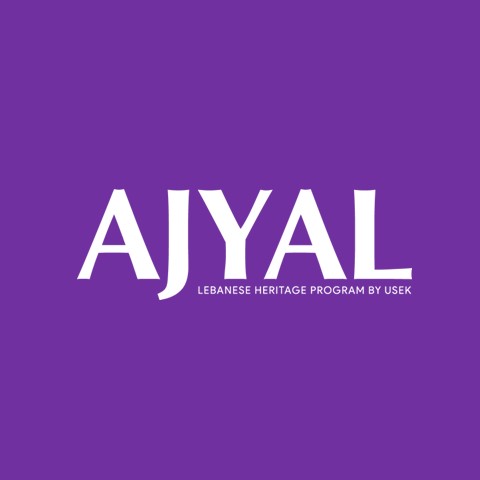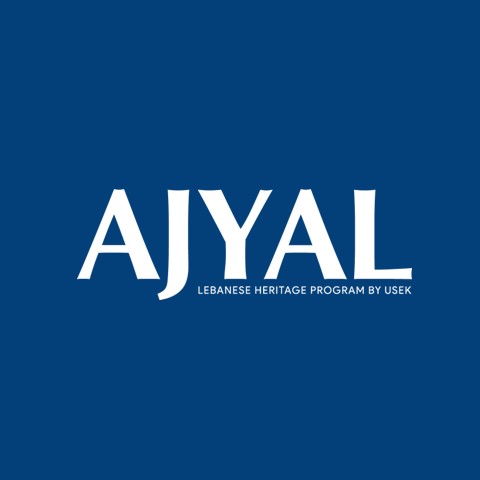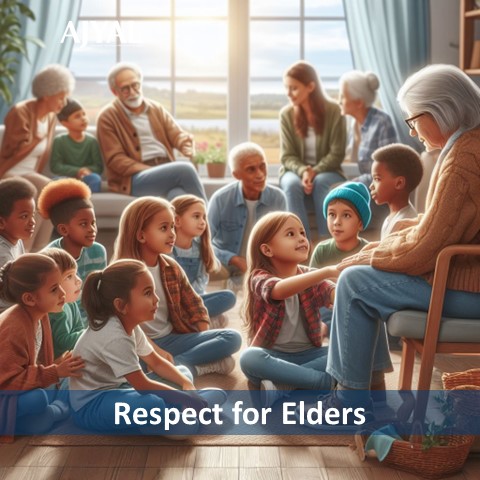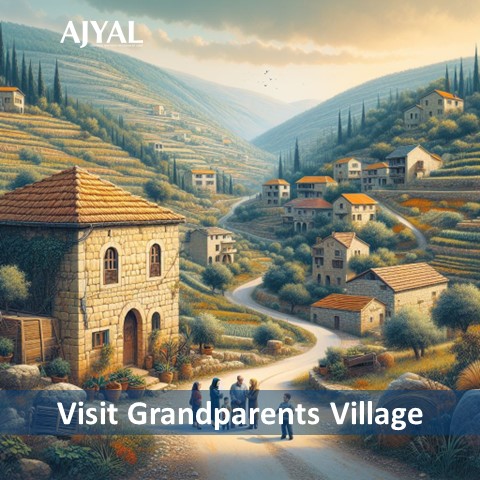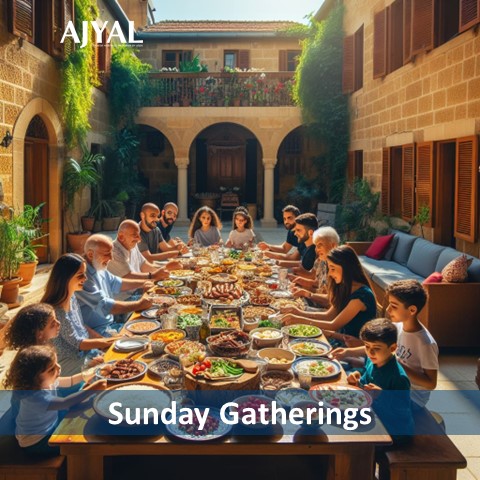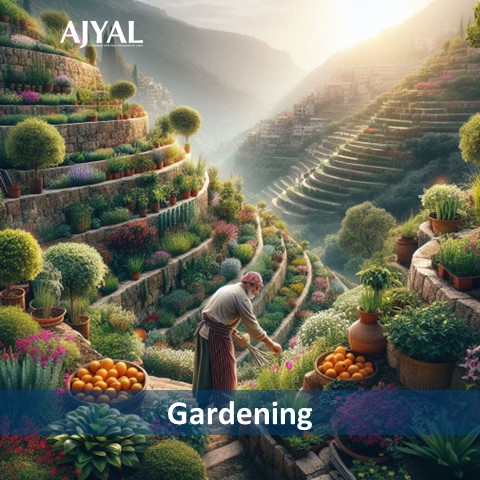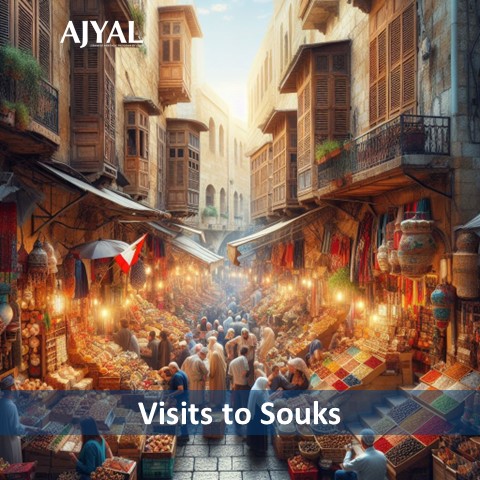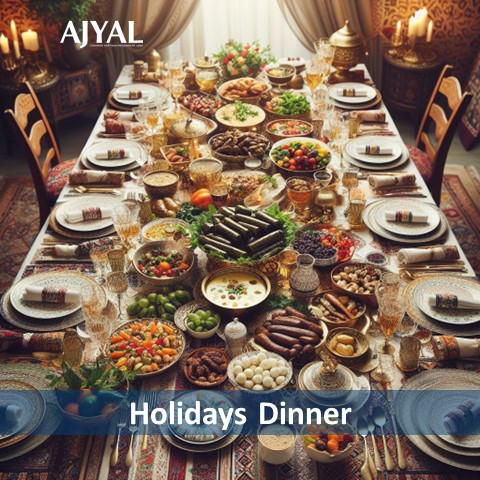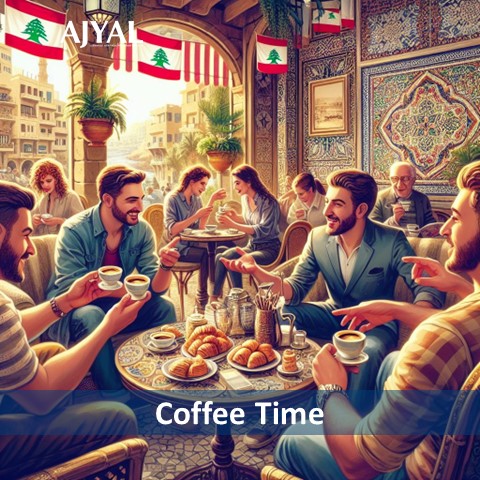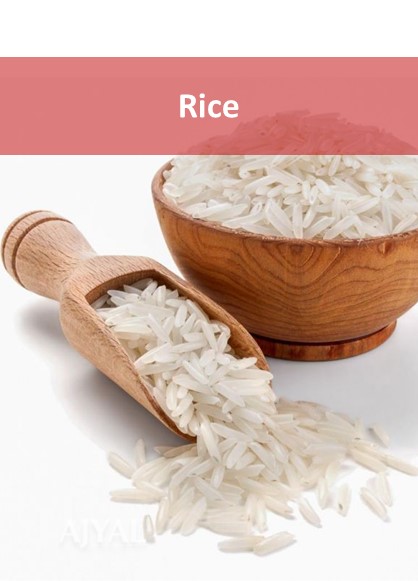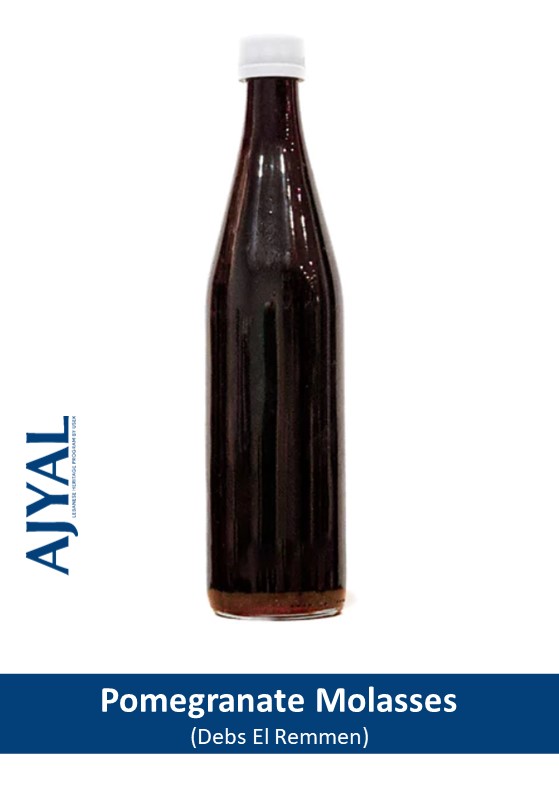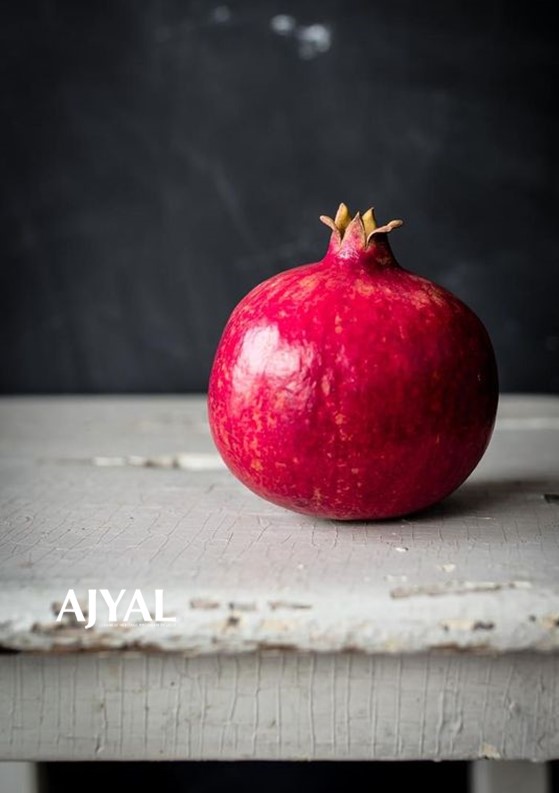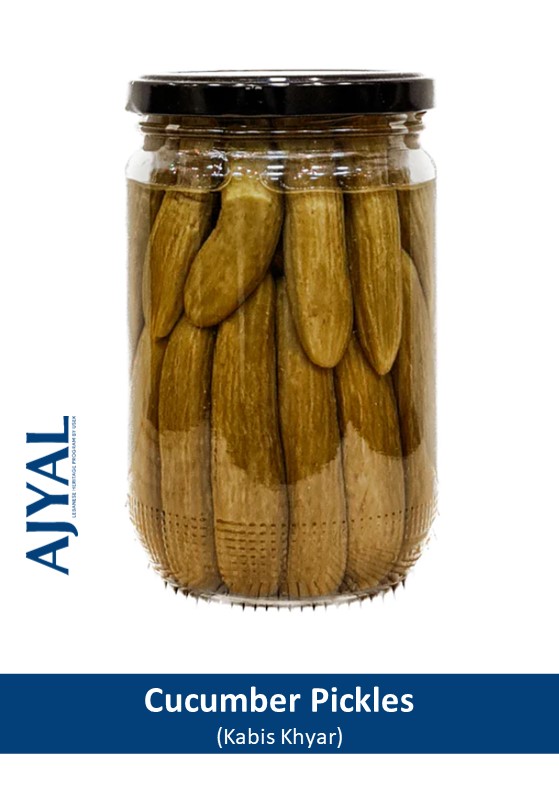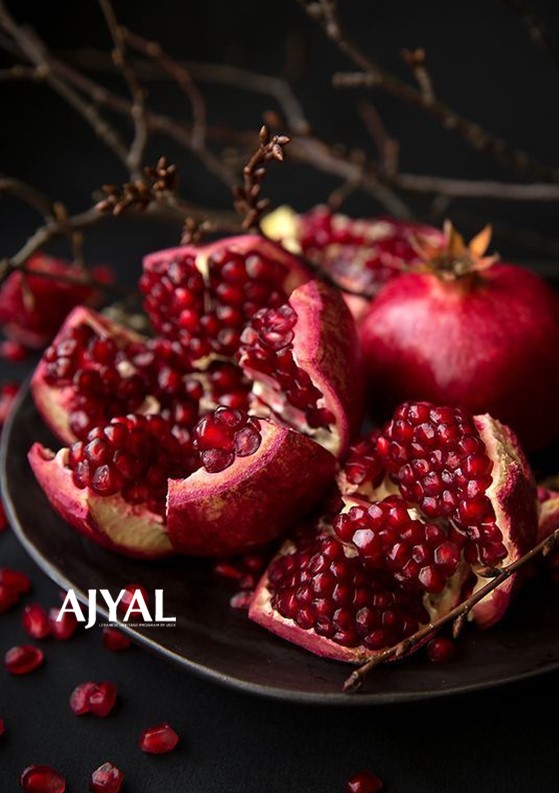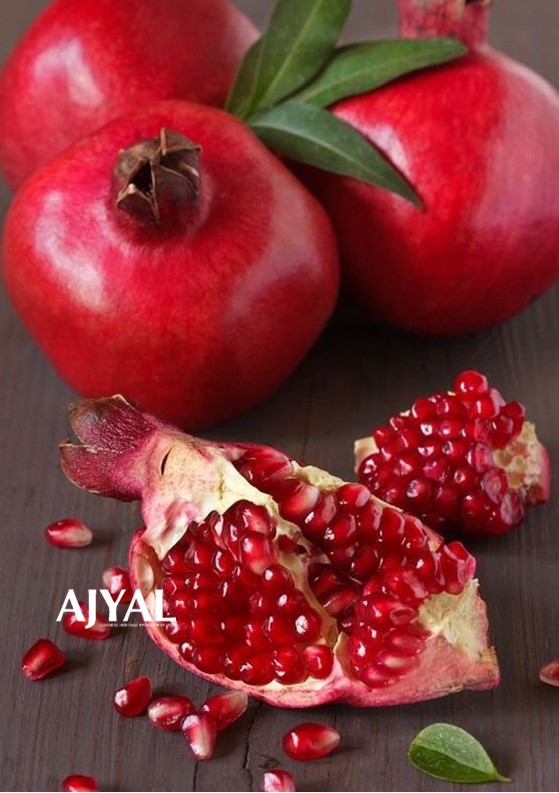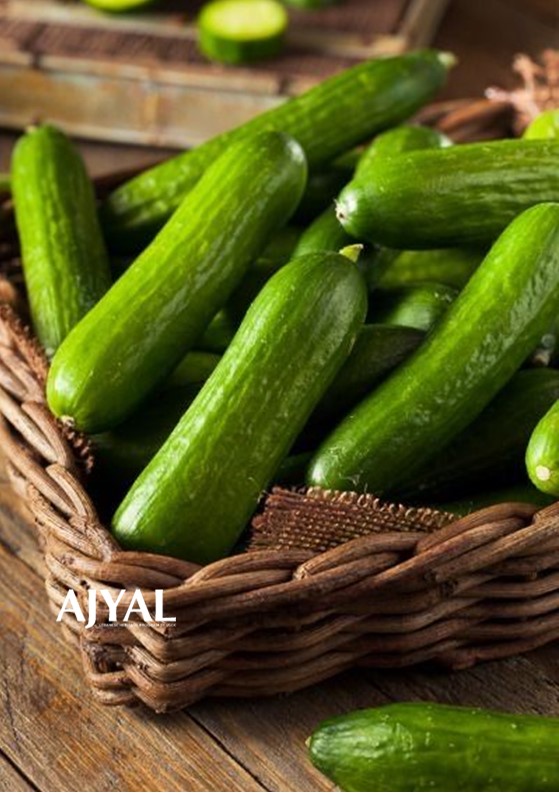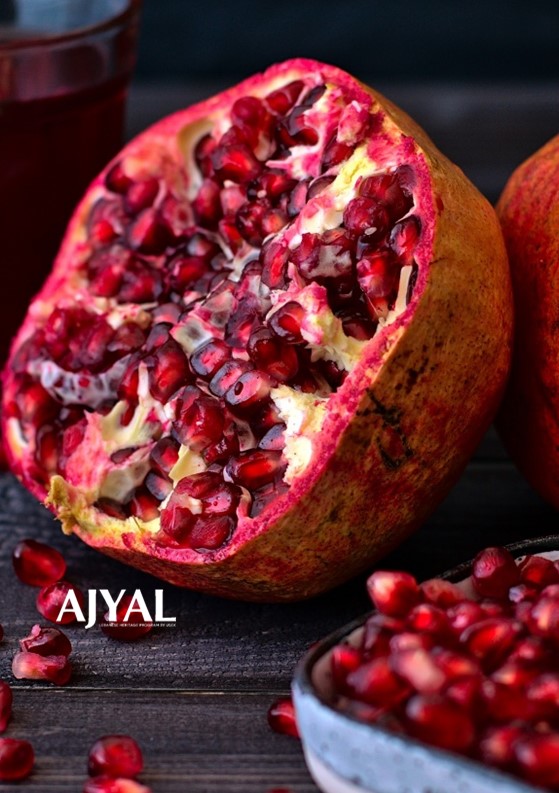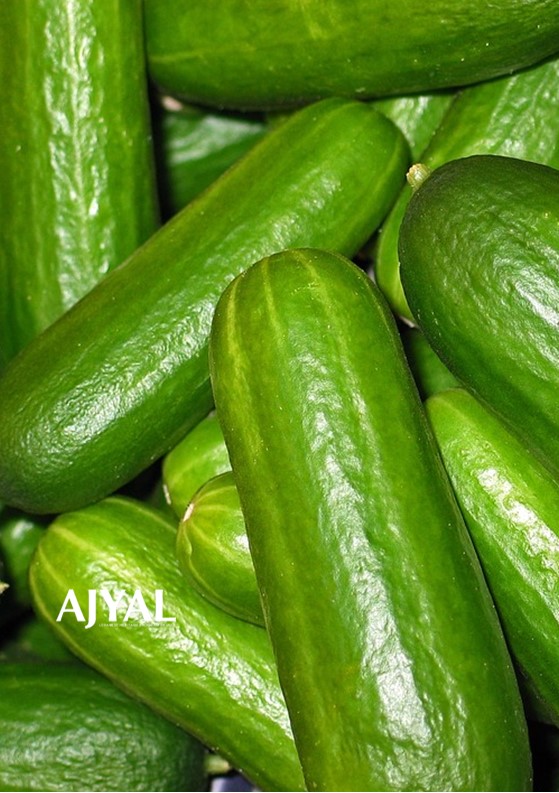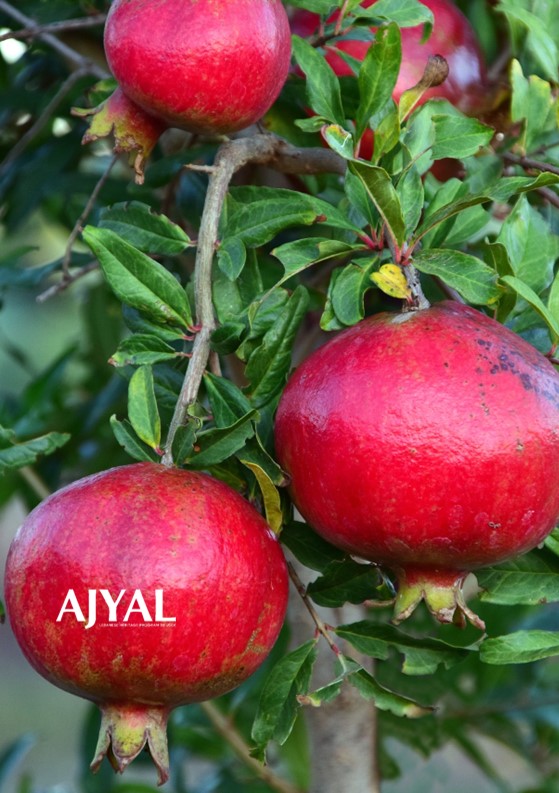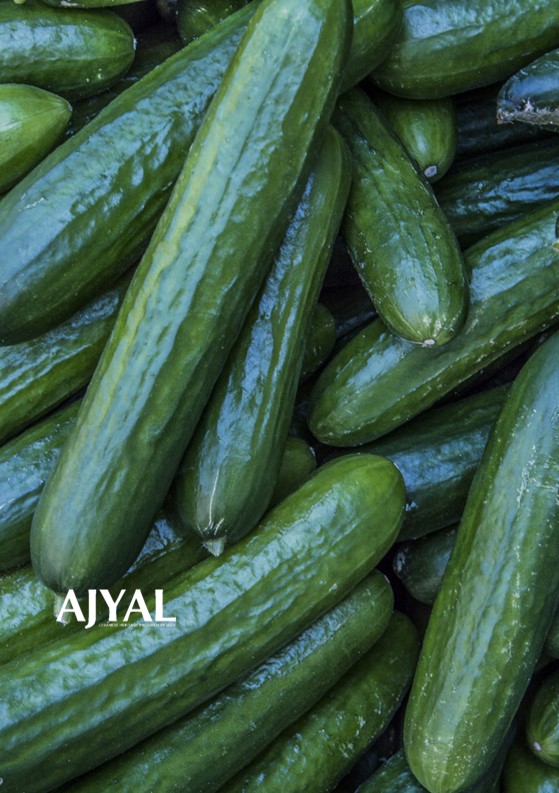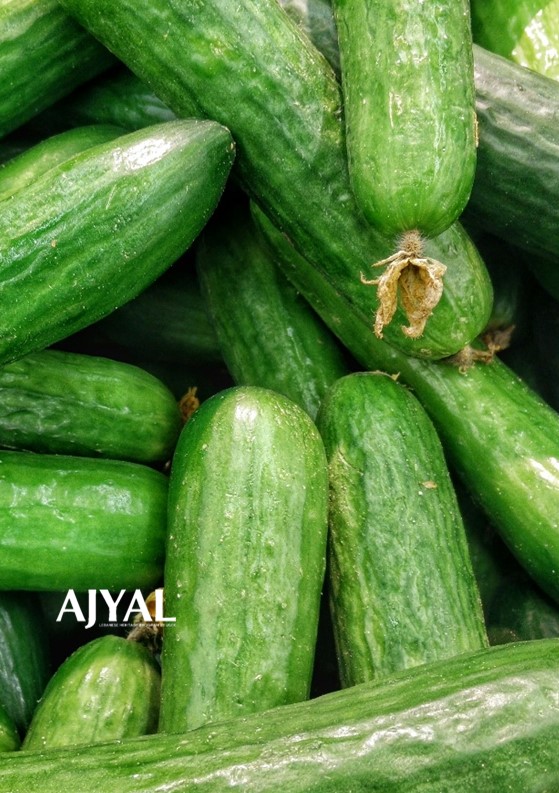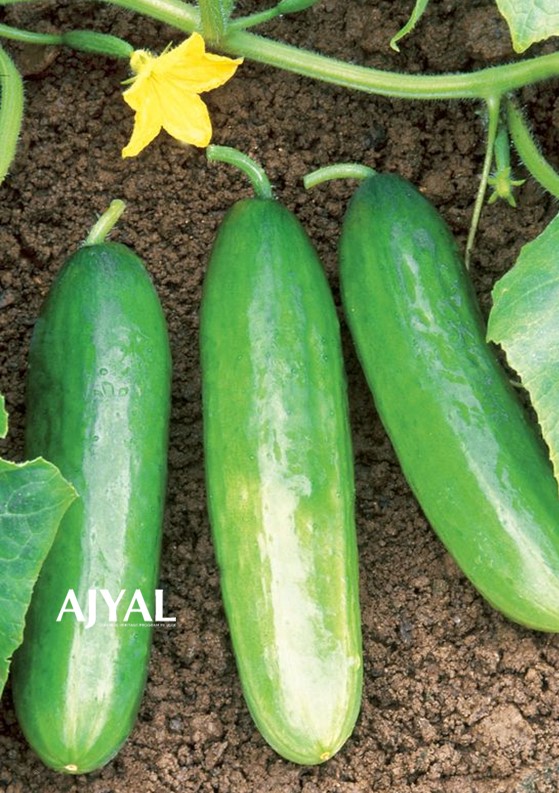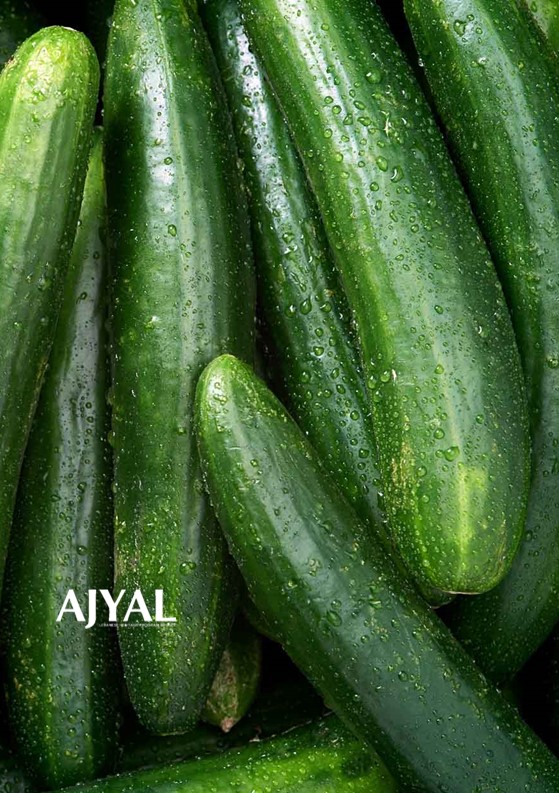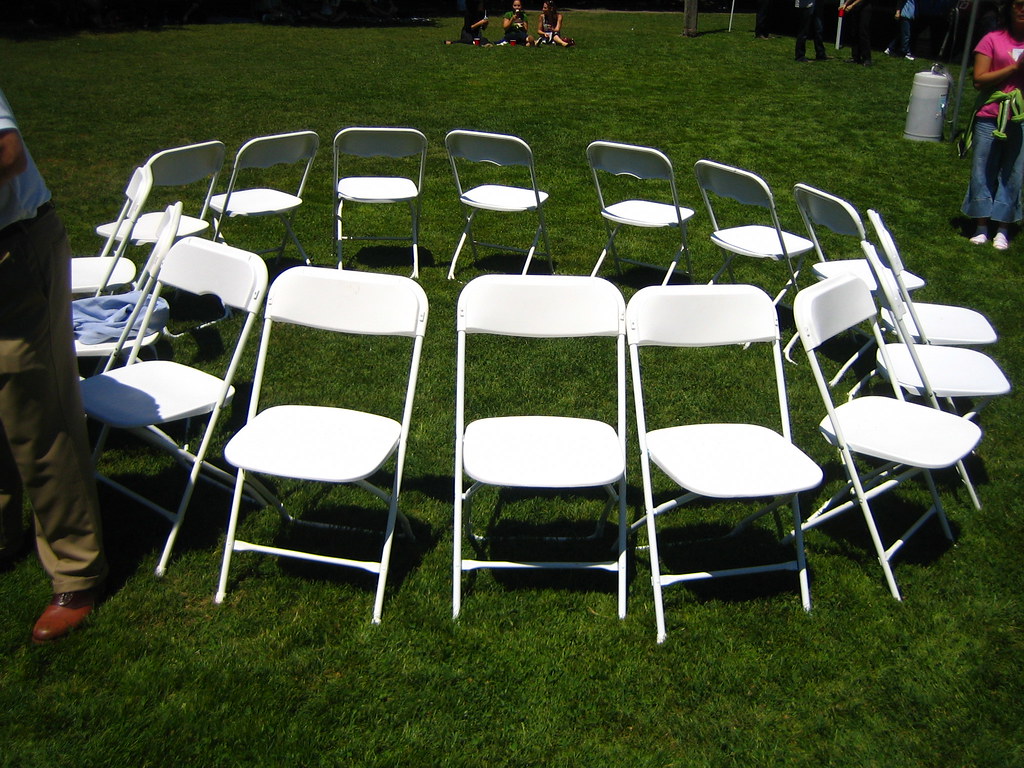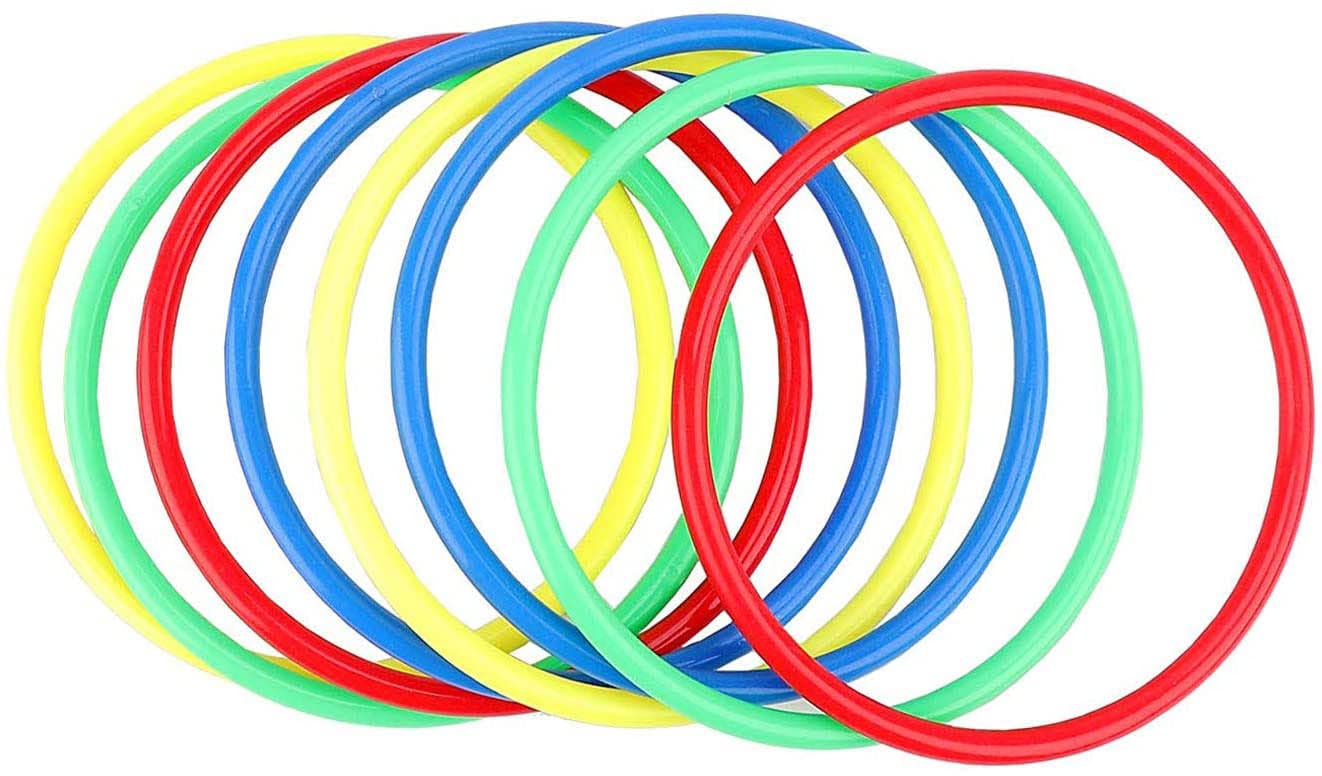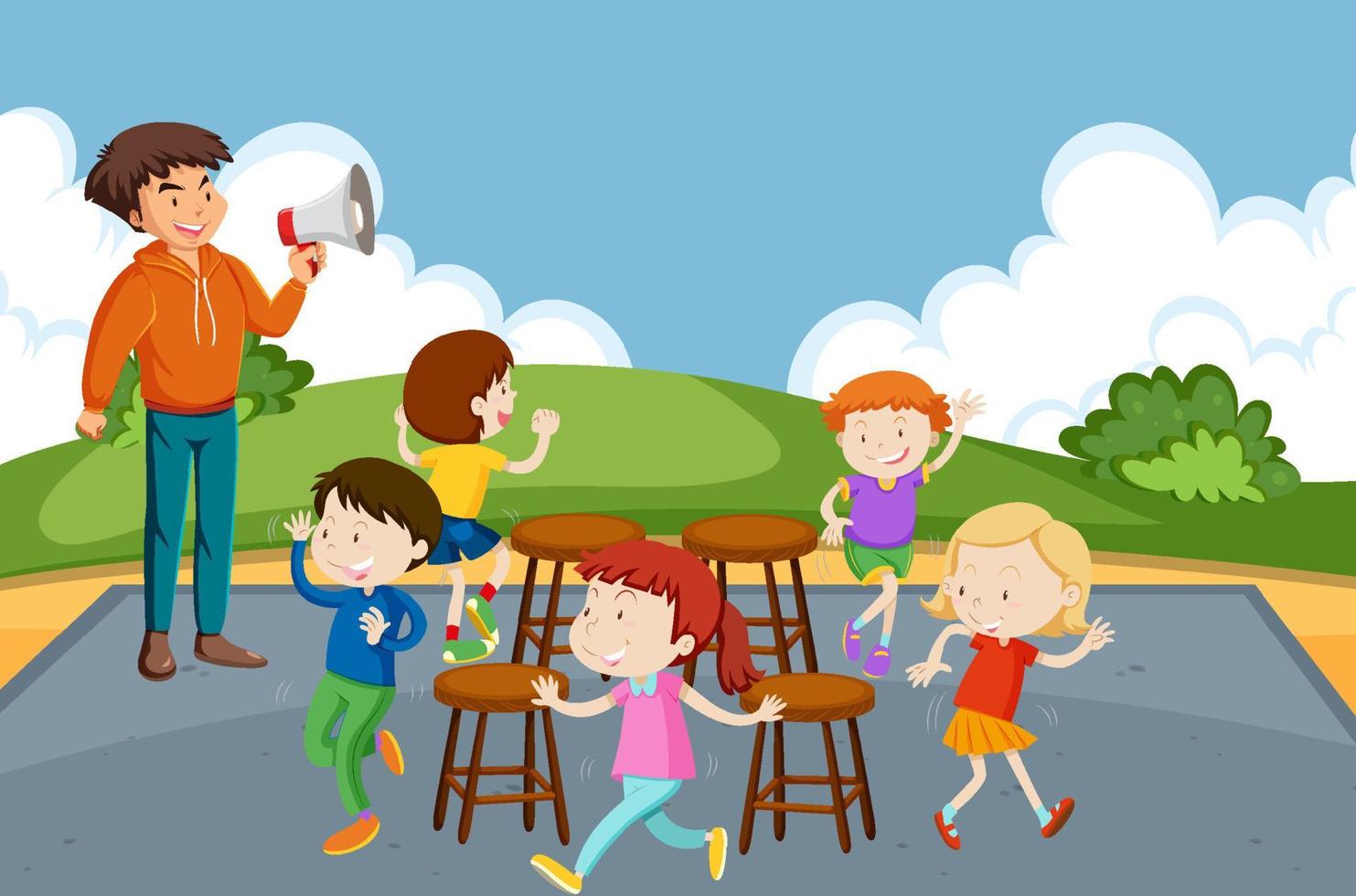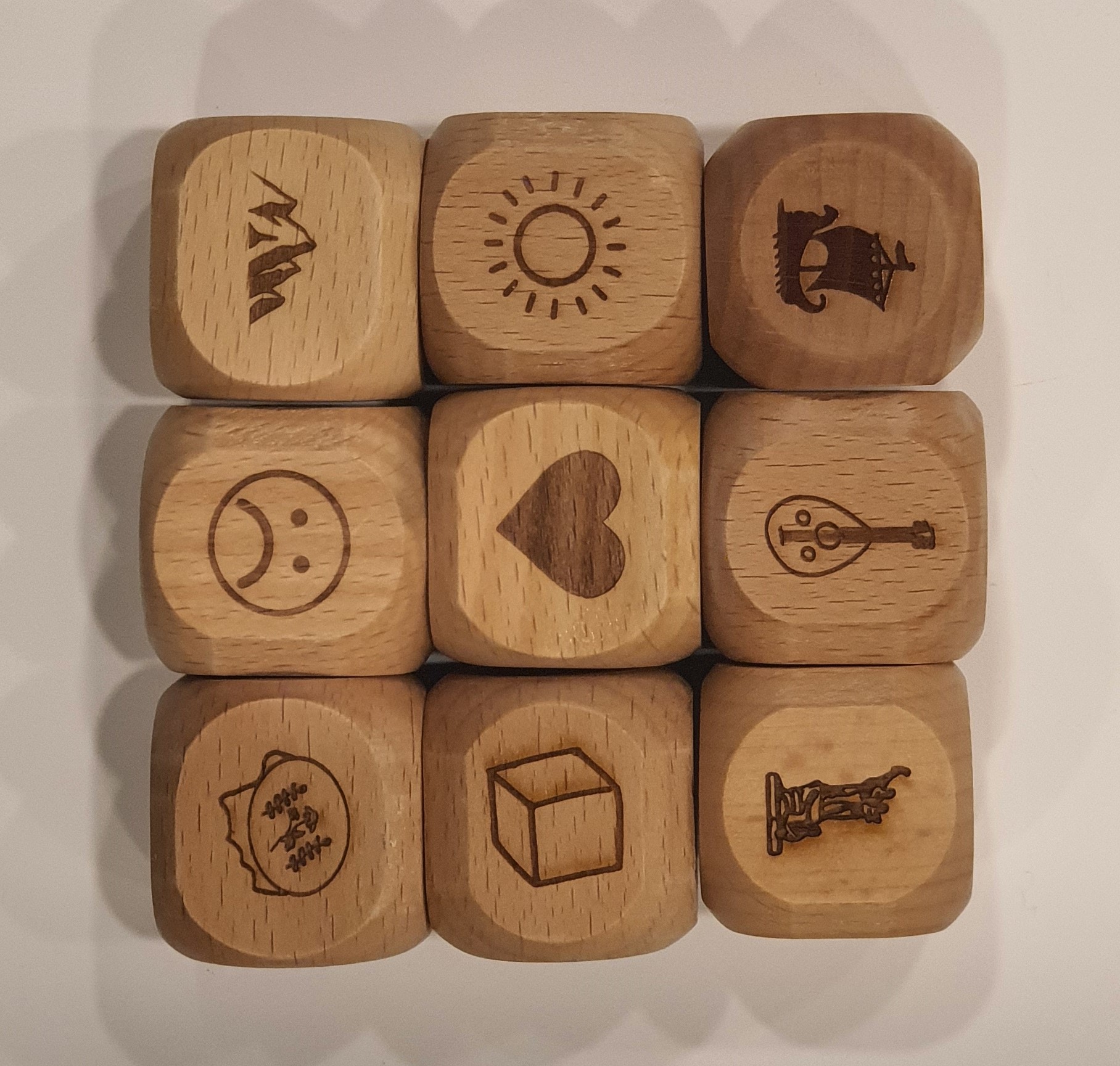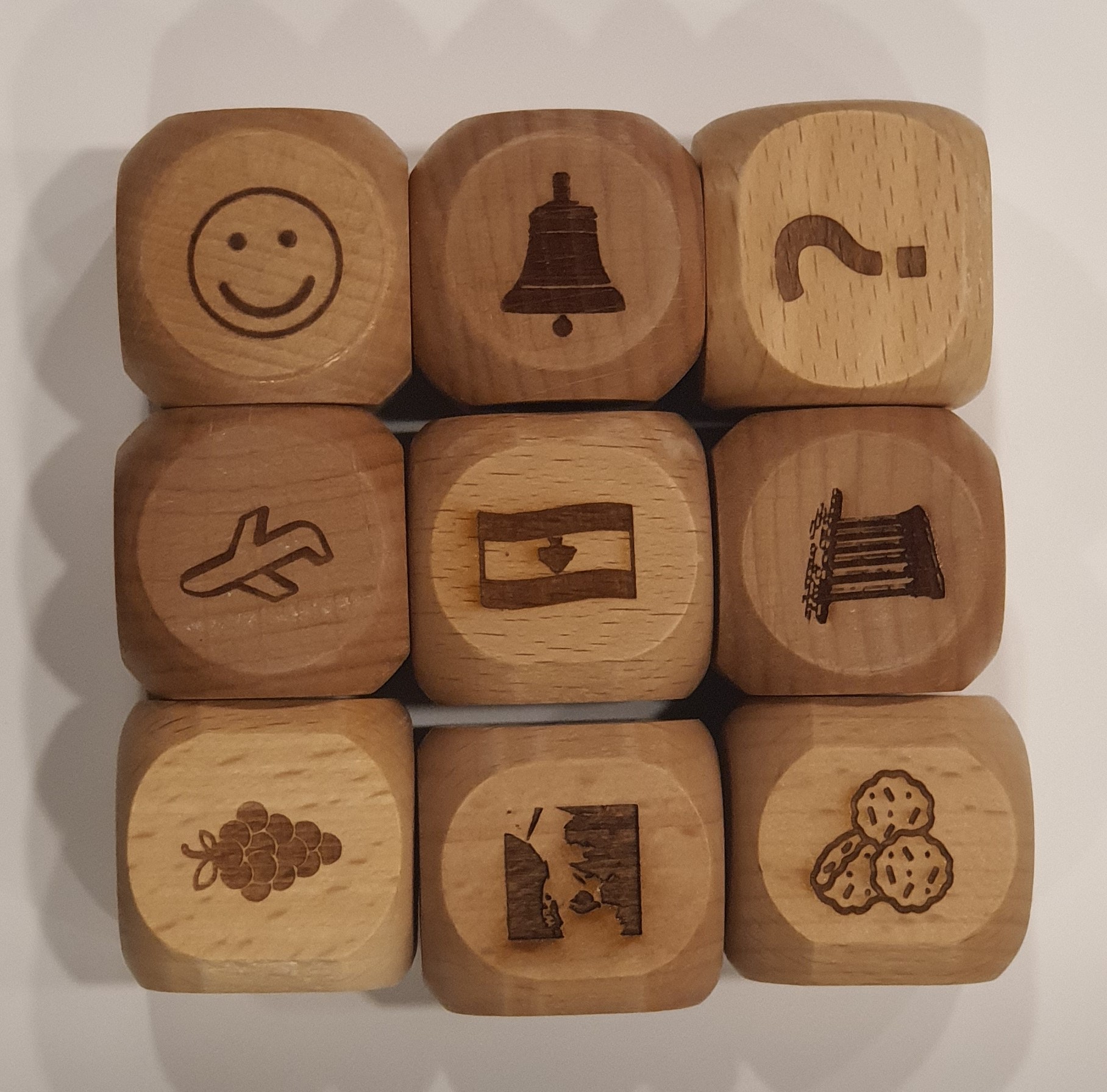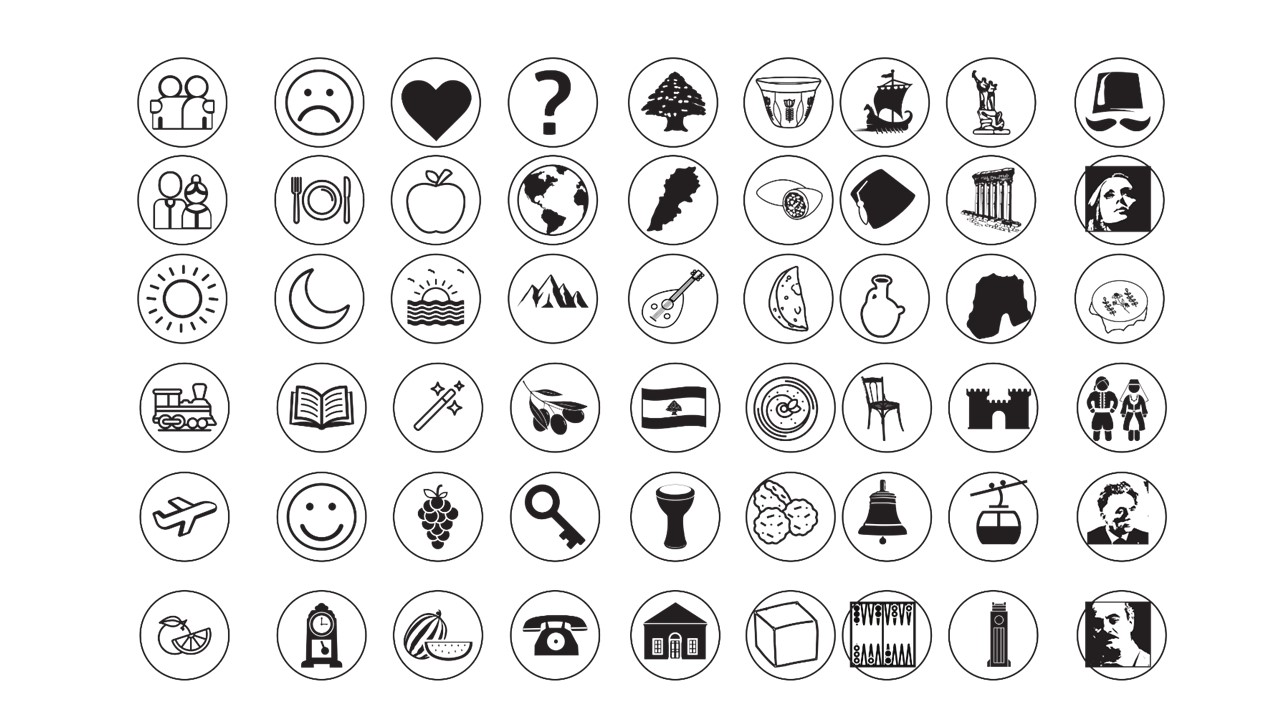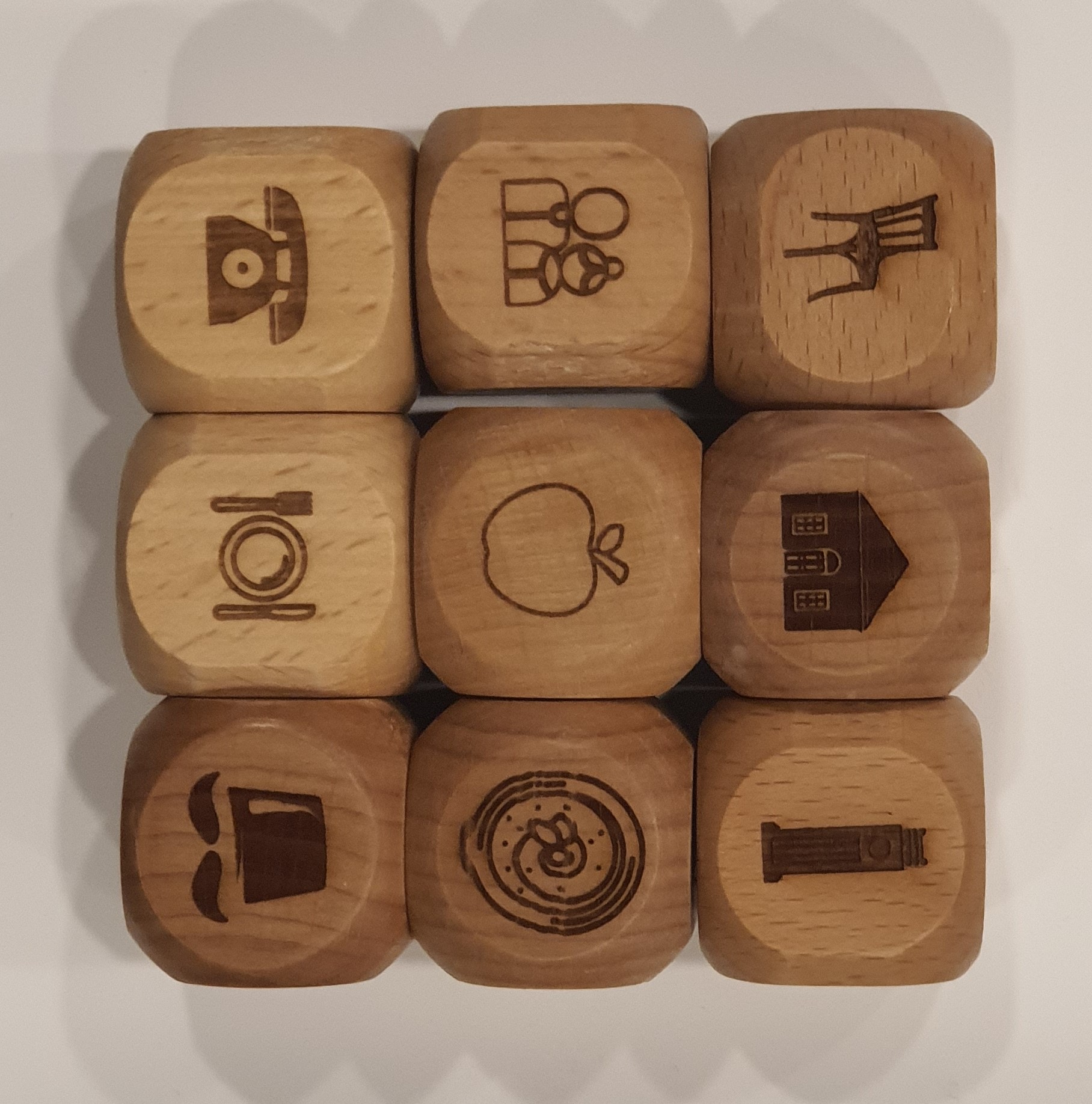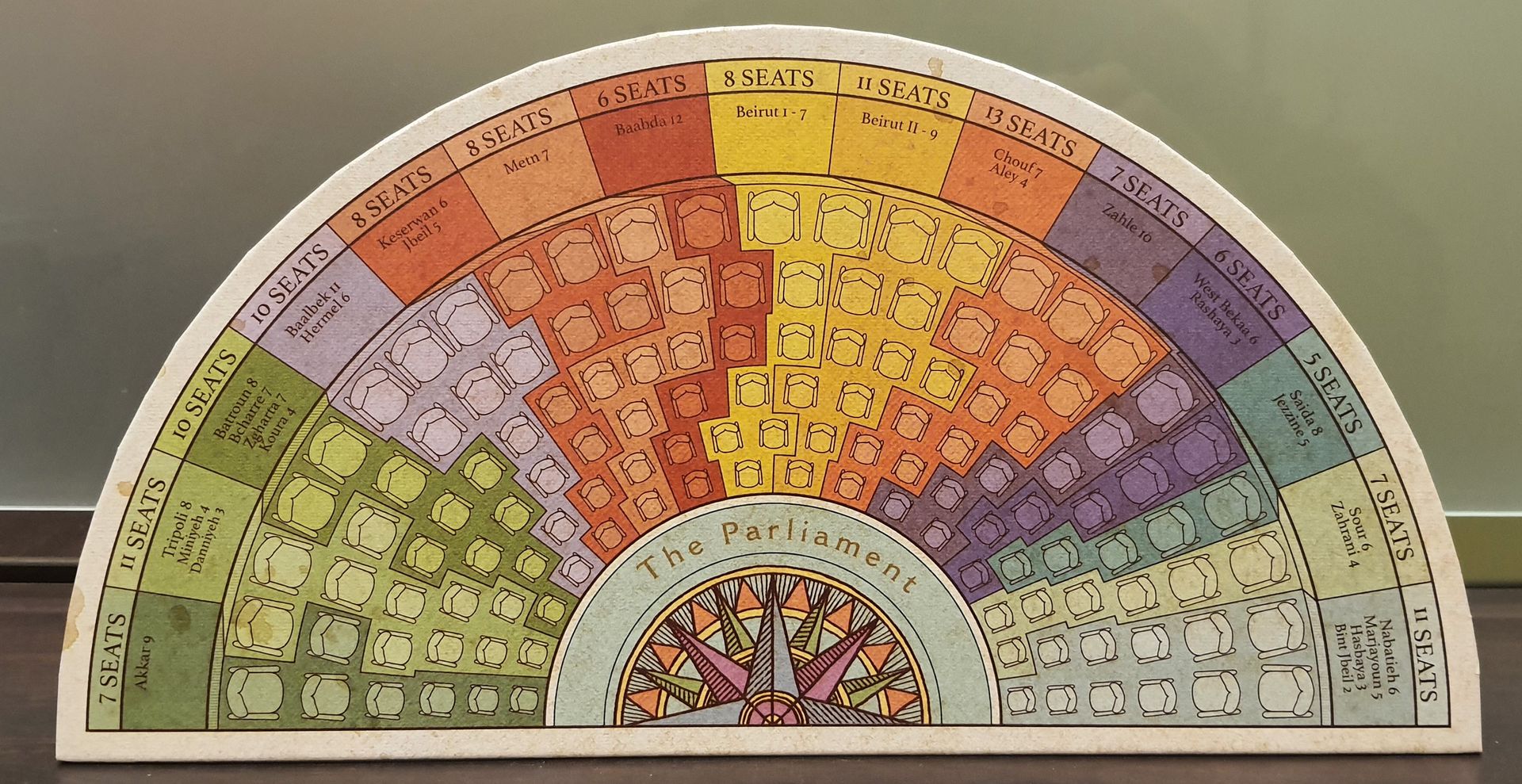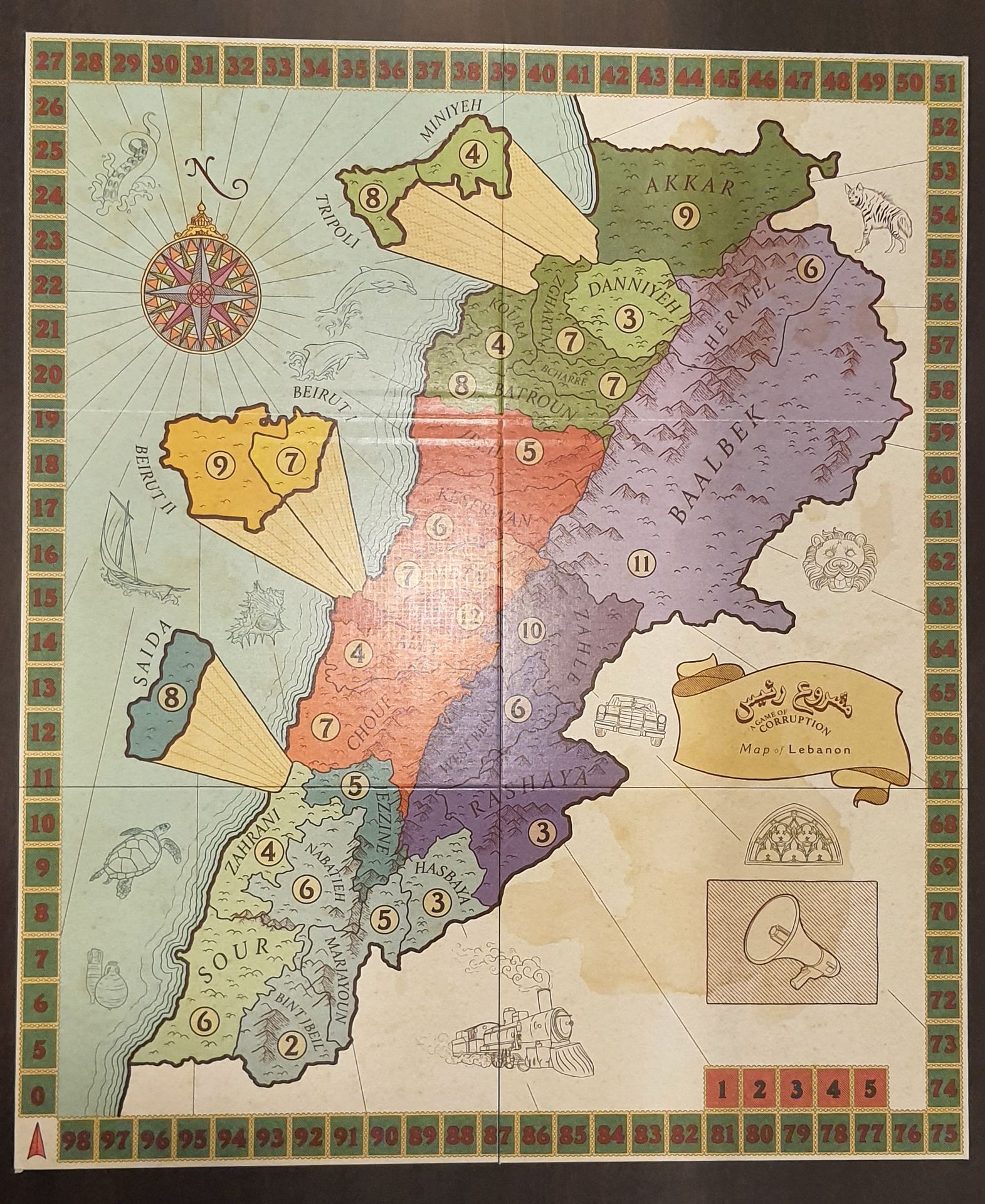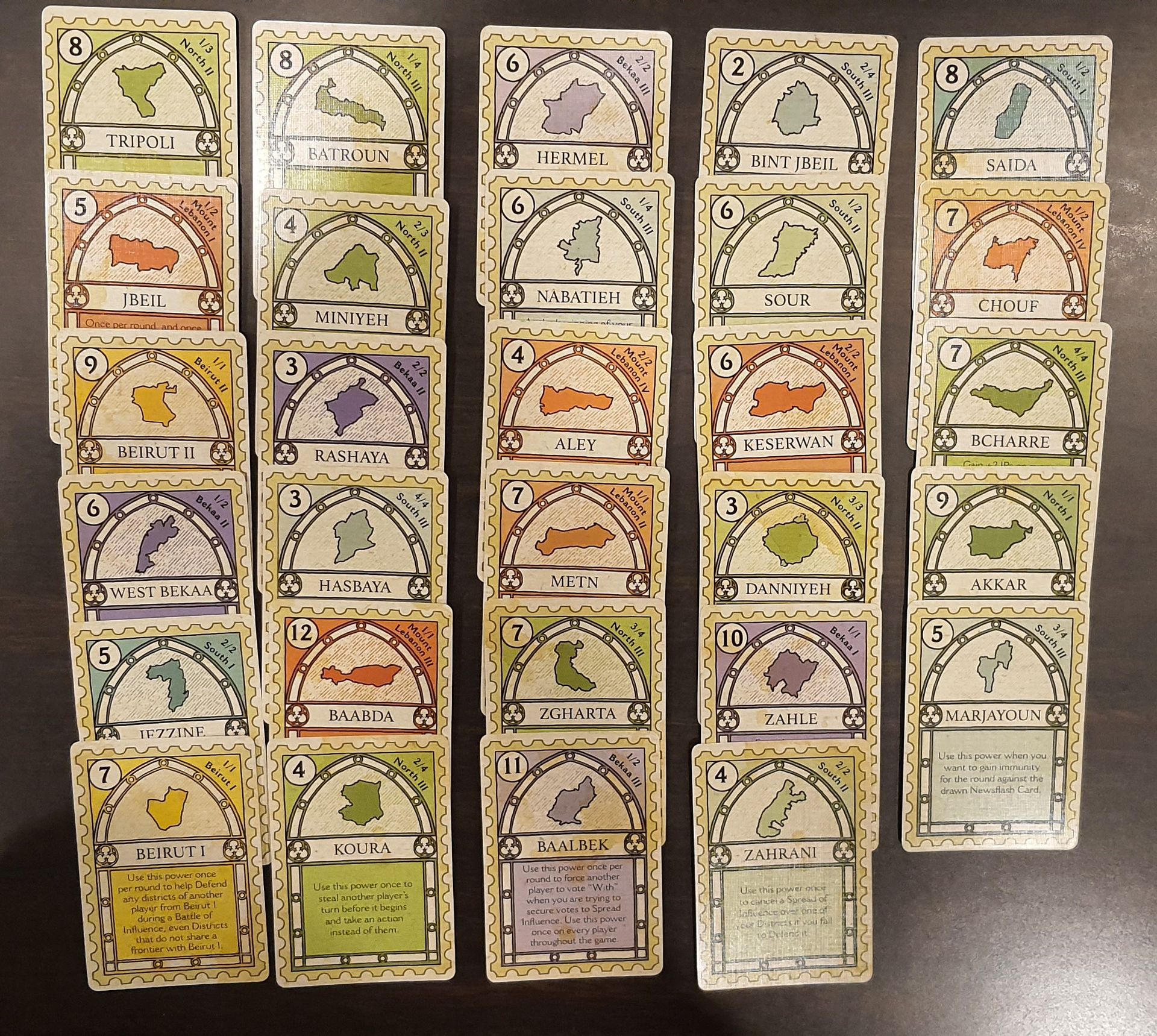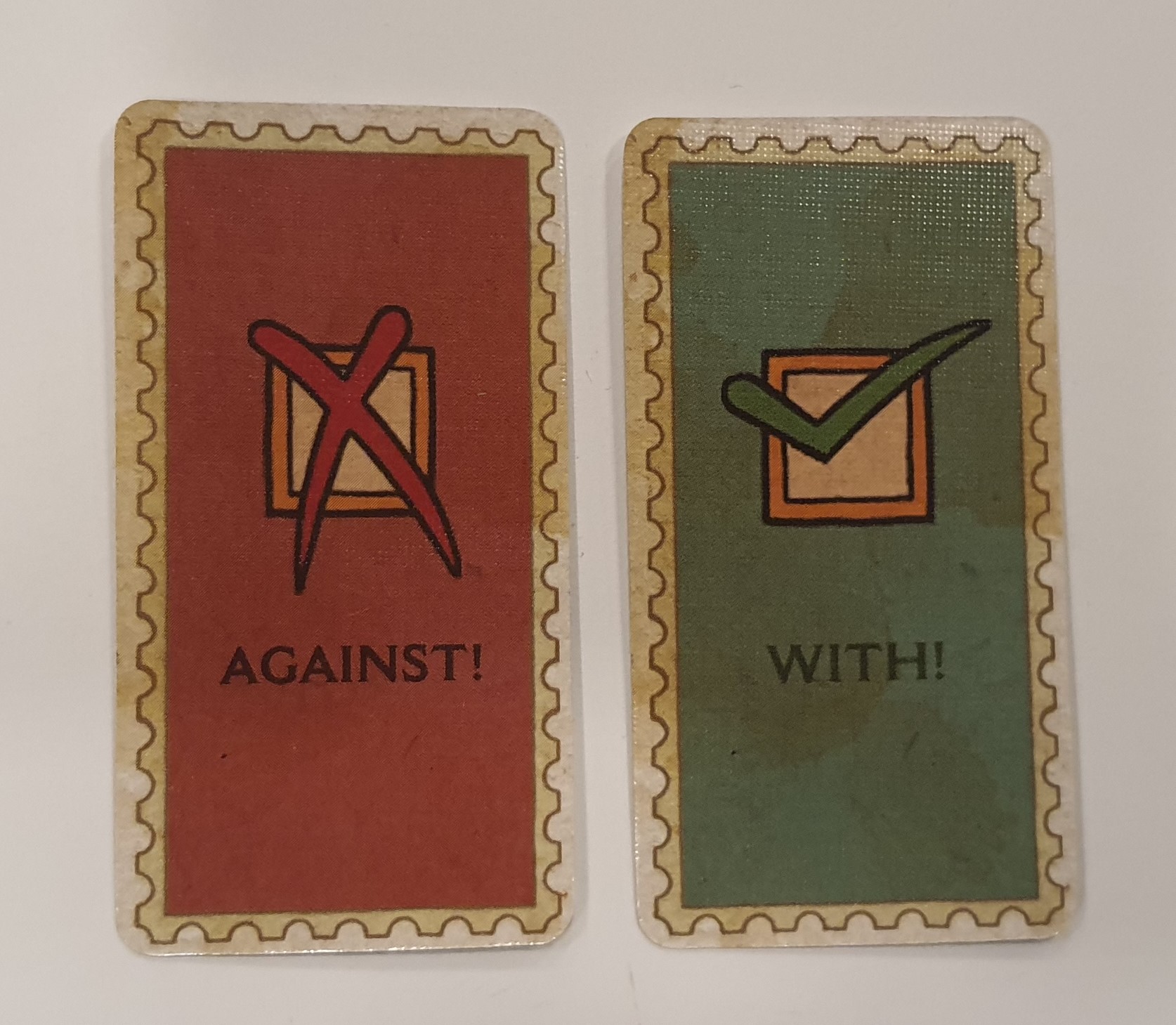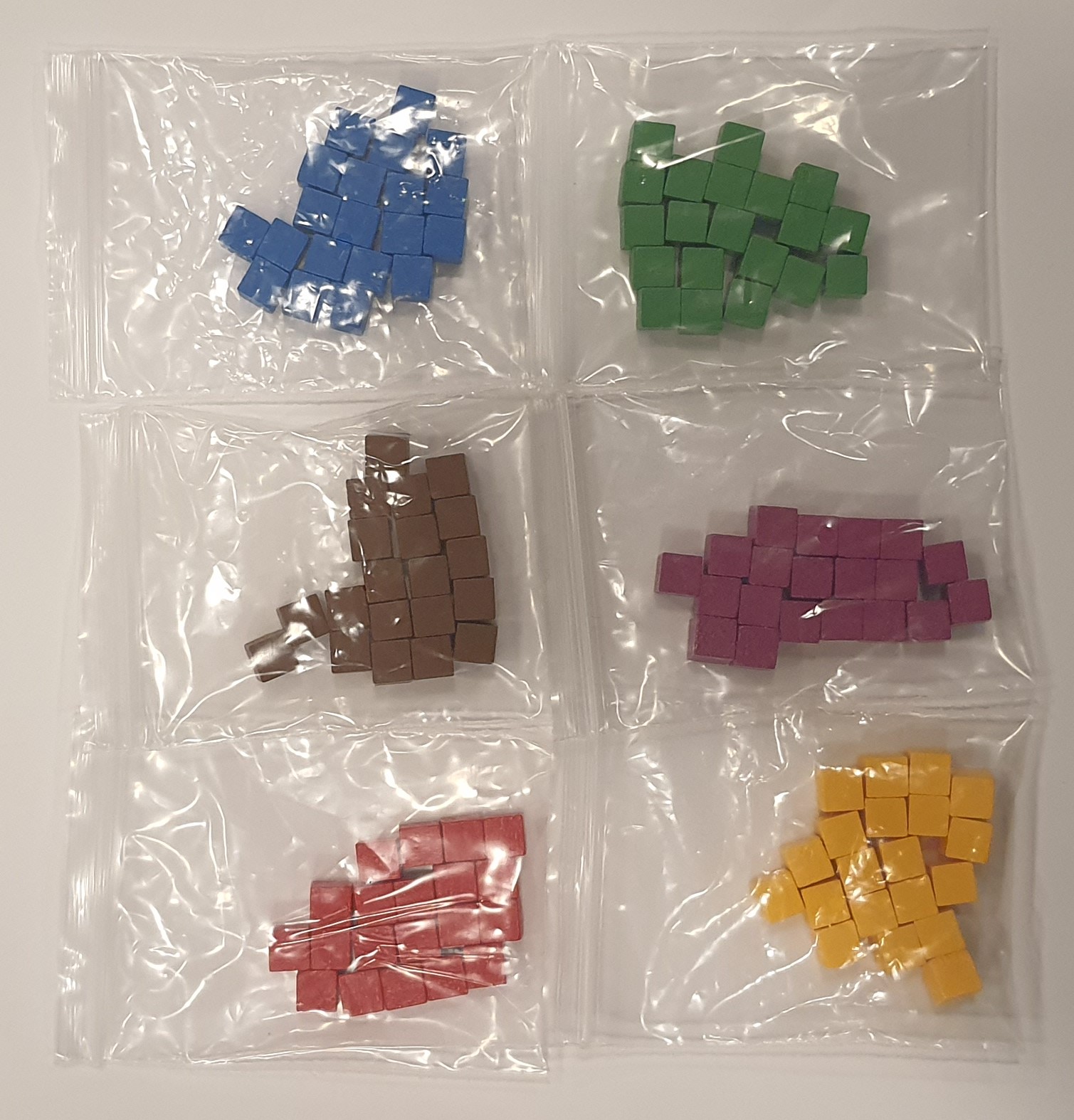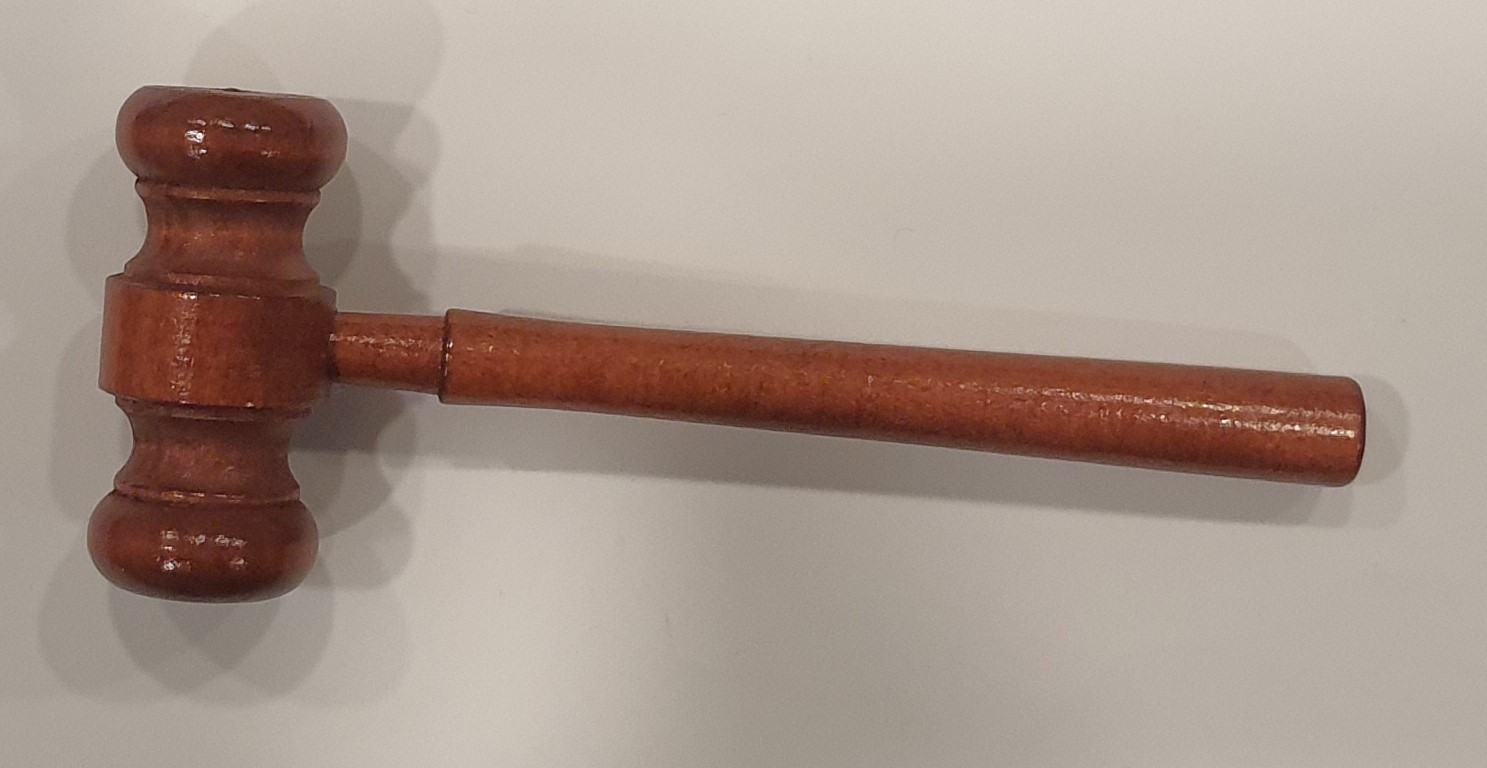AJYAL Moderators Guide
Welcome to the space of Ajyal Moderators: This is an overview of the games and activities in the Ajyal program!
(as this is a pilot test your feedback is highly appreciated to be shared with Jad Fayad directly)
Commitment to Heritage and Fun:
As a moderator, your role is pivotal in making Ajyal a memorable experience where learning about Lebanese heritage is fun and engaging. Your enthusiasm, guidance, and support shape the program's success and participants' enjoyment.
General rules for participants that moderators should be aware of:
- Respect and Safety: No physical aggression or verbal insults are tolerated. Respect each other's space and feelings.
- Authorized Areas: Only use areas authorized by the Moderators. Do not wander off to restricted areas.
- Curiosity Encouraged: Feel free to ask as many questions as you want. Curiosity leads to learning.
- Have Fun: The essence of Ajyal is learning through fun. Enjoy the activities and games.
- Communication: If you encounter any problems or issues, immediately reach out to your assigned moderator. In emergencies, approach any moderator identifiable by their vest.
- Teamwork: Participants will be grouped into teams, each with a matching moderator's color. A team leader will be elected by team members or appointed by the moderator in a fun manner.
- Daily Team Shuffling: Teams may be reorganized daily to encourage diverse interactions.
- Safe Use of Materials: Any activity requiring materials deemed risky (e.g., glue in architecture games) will be managed by moderators taking necessary precautions.
Guidelines for Moderators:
- Preparation and Organization:
- At the start of each day, gather your team, ensuring all members are present and understand the day's activities.
- Verify the completeness and safety of game materials according to the instructions provided.
- Game Facilitation:
- Ensure activities are conducted within designated areas. Monitor participants' whereabouts, especially when they need to leave temporarily.
- Engage participants with interactive methods to maintain interest and enthusiasm.
- In case of disruptive behavior, seek assistance from the Master Moderator.
- Emergency Protocol: Immediately inform the Master Moderator in emergencies.
- Time Management: Keep activities within provided timeframes. Use buffer games if your team finishes early.
- Documentation: If possible, capture as many photos and videos for marketing purposes and share them with the management. On all cases, at the end-of-day there will be a testimonial session.
- Point System: Record points awarded during quizzes and activities, contributing to final rewards and (maybe) the election of the "Lebanese president."
- Special Events:
- Movie Night featuring "The Prophet" by Gibran Khalil Gibran, open to the public with special access for Ajyal participants.
- Closing Ceremony with awards, Ajyal ID cards, certificates of attendance, and special recognition for point winners and the elected "Lebanese president."
- Final Day Focus:
- Support participants in the "Escape the Room" challenge with hints to keep them motivated.
- Ensure all equipment and premises are returned to their original state.
- Lunch Protocol:
- Moderators are provided with meals. Ensure hygiene practices are followed by participants during snack and lunch times. Food sharing is discouraged to avoid health issues.
Closing and Maintenance:
- Ensure the safe return of all materials, vests, and equipment.
- Clean and organize the venue for the next day's activities, reporting any damages or shortages to the Master Moderator.
Mechwar
Twist, Stretch, and Learn: An Exciting Geography-Infused Game of Balance and Teamwork.
Lebanese Geography Game
Materials Needed:
- Twister Matt
- Twister Board
- Scoresheet and Timer
Objective: To facilitate an adapted Twister game incorporating Lebanese geography into the classic color-dot format. This version enhances the physical and cognitive challenge by integrating geographical locations with physical movements, suitable for children aged 7 to 17.
Game Setup:
- Prepare the Twister Mats: Arrange two mats side by side to accommodate larger groups (up to 12 kids) or use a single mat for smaller groups (4-6 kids). Each mat features colored dots (Red, Green, Yellow, Purple) with 32 geographical locations and 8 special 'Ajyal' circles in Blue.
- Understand the Special Blue Dot: The Blue 'Ajyal' dot allows for special instructions (e.g., hand or leg in the air) to manage player positioning and introduce variety.
- Familiarize with Geographical Locations: Each geographical location is numbered. You may call out a number instead of a color to increase the game's difficulty.
Game Rules:
- Starting the Game: Divide players into two teams. Decide on using one or two mats based on the number of participants.
- Playing Rounds: Spin the Twister wheel to determine where players should place their hands or feet. If the wheel lands on Blue, announce a special action, or choose an 'Ajyal' dot. (better to be barefoot on the matts).
- Geographical Challenge: Optionally, call out a specific geographical location by number for added difficulty.
- Team Rotation: If using half, the mat to play, ensure teams switch sides in subsequent rounds to cover all geographical locations.
Moderator Responsibilities:
- Clearly explain the game rules, focusing on the integration of geographical locations and the special Blue 'Ajyal' dots.
- Ensure fair play, safety, and fun throughout the game.
- Keep the game moving smoothly by promptly spinning the wheel and making decisive calls for Blue dot outcomes.
- Be creative with Blue dot instructions to maintain engagement and manage the mat's "traffic."
- Encourage teamwork and learning about Lebanese geography as part of the game.
Game Conclusion:
- Keep track of team performances. The game ends when all geographical locations have been covered, or after a set number of rounds.
- Celebrate all participants, emphasizing fun, learning, and teamwork over winning.
- Where possible, make sure to give a brief description about each geographical location on the game based on your personal experience (or as a general common information).
Ana Min
Guess Who Am I: Some of the Key Personalities that Shaped Lebanese History Between 1900/2000.
Lebanese Key Figures
Materials Needed:
- Lebanese Figures Cards
- Questions Quiz
- Scoresheet and Timer
Objective: Facilitate an engaging and educational experience where kids learn about prominent Lebanese figures through a fun and interactive guessing game.
Setup:
- Divide players into teams, recommending strategic splits for increased learning opportunities.
- Arrange cards with Lebanese figures facing down on a table between teams.
- Each team gets a turn to guess the identity of figures based on their opponent's clues within a 10-minute frame.
Gameplay:
- Round Instructions:
- Each round lasts 10 minutes. Teams take turns to guess the identity of Lebanese figures from their opponents.
- Teams can ask questions for up to 2 minutes per figure but are allowed only one skip.
- Encourage teams to split for broader coverage, emphasizing strategic positioning for guessing.
- After 10 minutes, teams switch roles.
- Hints and Tips:
- Offer guidance on asking effective questions (gender, profession, contributions).
- Provide subtle hints if teams struggle, ensuring a balance between challenge and support.
- Scoring:
- Teams earn points for each correct guess.
- At the game's end, conduct a quick quiz round using prepared questions about the figures for extra points.
- Question Round:
- Use the listed questions about each Lebanese figure for a final quiz round.
- Each correct answer awards the team extra points.
- Conclusion:
- Tally scores and celebrate the learning and teamwork demonstrated.
- Encourage reflection on the figures learned and their impact on Lebanese history.
The questions are:
- Elias Sarkis: "I was a leader who met the Pope. Who am I?"
- Riad Solh: "I helped start a country and served as its first Prime Minister. Who am I?"
- Bechara El Khoury: "I was the first President of a country when it gained its independence in 1943. Who am I?"
- Charles Helou: "Before politics, I was known in the courts as a lawyer. Who am I?"
- Fuad Chehab: "I was a President known for my neutrality. Who am I?"
- Gibran Khalil Gibran: "I wrote 'The Prophet' and my works are in over fifty languages. Who am I?"
- Rahbani Mansour: "With my brother, I changed Lebanese music and theater. Who am I?"
- Rahbani Assi: "I composed music that touched hearts with my brother. Who am I?"
- Wadih El Safi: "They call me the 'Voice of Lebanon.' Who am I?"
- Said Akl: "I worked to revive the Lebanese language through my poetry. Who am I?"
- Rachid Karami: "I served as Prime Minister several times over. Who am I?"
- Abou Salim (Salah El Din Tizani): "I'm known for a character that made people laugh on TV. Who am I?"
- Chouchou (Hassan Alaa Eddin): "I founded a national theater and made everyone laugh as Chouchou. Who am I?"
- Fayruz (Nuhad Haddad): "My voice is iconic, and my name means 'Turquoise.' Who am I?"
- Emily Nasrallah: "I wrote novels about social justice and women's rights. Who am I?"
- Sabah: "I was a singer and actress known as 'Al Chahroura.' Who am I?"
- Huguette Caland: "My art explores sensuality and challenges norms. Who am I?"
- Yvonne Sursock Cochrane: "I dedicated my life to preserving cultural heritage. Who am I?"
- Leila Solh: "I was a pioneer for women in academia and activism. Who am I?"
- Georgina Rizk: "I was crowned Miss Universe in 1971. Who am I?"
- Gabriel Yared: "I won an Academy Award for scoring 'The English Patient.' Who am I?"
- Mikail Naimeh: "My writings delve into existentialism and spirituality. Who am I?"
- Amin Maalouf: "I'm a member of the Academy Française, known for novels that bridge cultures. Who am I?"
- Nayla Hayek: "I lead Swatch Group and Harry Winston, Inc. Who am I?"
- Nabih Abou El Hosn: "I'm remembered for my political satire in theater. Who am I?"
Lebanopoly
A Cultural Adventure Through Lebanon's Iconic Landmarks in a Classic Game of Strategy.
Monopoly Game with a Twist!
Materials Needed:
- Lebanopoly Set (Board, Instruction Sheet, 8 Different Banknotes, Green/Red Plastic Houses, Dice, Jeton, Town Square Cards, Fortune Reading Cards, Real Estate Cards)
- Scoresheet and Timer
Objective: Facilitate a Monopoly game customized with Lebanese landmarks and heritage, dubbed "Lebanopoly," for children aged 7 to 17. This version aims to educate participants about Lebanese culture while engaging in the strategic economic gameplay of Monopoly.
Game Setup:
- Prepare the Lebanopoly Board: Ensure the board, which features Lebanese landmarks instead of the traditional Monopoly properties, is set up with all its components: tokens, houses, hotels, property cards, chance and community chest cards (tailored to reflect Lebanese culture), and Lebanese currency for the game.
- Understand the Custom Rules: Familiarize yourself with any Lebanon-specific rules or modifications, such as special landmarks acting as utilities or transport stations, and any adapted chance or community chest instructions.
- Player Briefing: Clearly explain the game's objective, rules, and any Lebanon-specific modifications to the players before starting.
Conducting the Game:
- Start the Game: Determine the order of play, distribute the initial currency, and let players choose their tokens.
- Gameplay: Guide the players through the game, ensuring they understand the significance of each Lebanese landmark they purchase or land on. Encourage strategic thinking and financial management.
- Educational Aspects: Take opportunities to share interesting facts about the Lebanese landmarks featured on the board when relevant.
- Monitor Fair Play: Ensure all transactions and game plays are conducted fairly and according to the rules.
Ending the Game:
- The game concludes when one player goes bankrupt or at a predetermined time, with the wealthiest player declared the winner.
- Encourage sportsmanship among players, emphasizing the fun and educational experience over winning or losing.
El Nachid
Harmonizing Heritage: A Melodic Expedition Through the Lebanese National Anthem.
Lebanese National Anthem
Musical Game
Materials Needed:
- Xylophone with Drumming Sticks
- Percussions Instruments
- Lebanese Anthem
- Lebanese Anthem Notes Sheet
- Scoresheet and Timer
Objective: Facilitate an engaging musical game designed to teach kids aged 7 to 17 the Lebanese National Anthem through playing it on xylophones and percussion instruments. This game aims to promote musical skills, teamwork, and national pride.
Game Setup:
- Prepare Instruments: Ensure enough xylophones and percussion instruments are available for the group. Each instrument should be in good condition and ready to use.
- Color-Coded Notes: Distribute the sheets with the Lebanese National Anthem's notes, color-coded for ease of reading and playing. Ensure the colors on the sheet match those marked on the xylophones.
- Audio Recording: Have a recording of the selected verses of the Lebanese National Anthem ready to play. This will serve as a guide for the kids to follow and replicate.
- Practice Runs: Plan for several practice sessions before the final performance. This allows children to familiarize themselves with the notes and the rhythm.
Conducting the Game:
- Introduction: Start with a brief explanation about the Lebanese National Anthem and its significance. Introduce the instruments and the color-coded notes system.
- Group Division: Split the children into two groups: one for the xylophones and the other for percussion. Ensure each child gets a chance to try both types of instruments if interested.
- Learning Phase: Begin with listening sessions where kids hear the anthem segments they will play. Follow this with hands-on practice, guiding them to match the color-coded notes to the xylophone keys and percussion rhythms.
- Practice Sessions: Conduct these sessions focusing on timing, note accuracy, and teamwork. Encourage the kids to listen to each other to maintain harmony and rhythm.
- Final Performance: Culminate the game with a group performance of the Lebanese National Anthem, encouraging all participants to contribute.
Moderator Responsibilities:
- Provide clear instructions and support throughout the learning process.
- Encourage participation, teamwork, and practice.
- Offer positive feedback and constructive suggestions to improve their musical rendition.
- Ensure a fun and respectful environment that celebrates Lebanese culture and music.
3Amerha
Building Blocks of Lebanese Heritage.
3amerha
Materials Needed:
- Wooden Model Pieces per House Type.
- Architectural and Instruction Plans.
- Glue and Safety equipment.
- Timer.
Objective: Guide children through the construction of traditional Lebanese house models, fostering teamwork and an appreciation for Lebanese architectural heritage.
Game Overview: You will oversee groups of children aged 7 to 17 as they build one of the models of the three types of Lebanese houses: Liwan, Riwaq, or Beirut Central. Your role is crucial in assigning tasks, ensuring safety, and facilitating an enriching learning experience.
House Models:
- Liwan House (Entry Level): Ideal for younger participants, emphasizing basic construction principles.
- Riwaq House (Intermediate): Requires more skill and precision, suitable for participants with some building experience.
- Beirut Central House (Advanced): The most complex model, challenging older participants with intricate details.
Responsibilities:
- Task Assignment: Distribute tasks based on the children's age and skill level, ensuring all participants are actively engaged.
- Safety Supervision: Only moderators are allowed to use glue. Ensure you wear gloves and follow all safety protocols to prevent accidents.
- Instruction Guidance: Use the provided architectural and instruction plans to guide the construction process, offering help and clarification as needed.
- Time Management: Monitor the progress of each group, ensuring the activity remains within the allocated time frame. Keep the groups motivated and focused.
- Engagement: For groups that finish early, provide alternative activities (e.g., puzzles) to keep them engaged while other groups complete their models.
House Model Types (detailed):
1. Liwan House: The Liwan House is the father of all Lebanese homes. It is the starting point of the Central Hall house, the jewel of Lebanese traditional architecture. The Liwan house is proof of the simplicity and authenticity of The Lebanese people and their towns. These two rooms joined by a covered space ending with a big arc tell endless stories. Imagine Abo Samir and his family living in a room and their animals in the room next door. Emm Samir does all her chores in the Liwan, the open space between those two rooms and the children playing. When it gets dark the neighbors would come and visit, they will be most welcomed inside the Liwan and most probably not in the room. This shape of houses is as old as civilization in Lebanon. A mono Liwan house, which is one type of traditional Lebanese houses, provided a unique setting for social life in the past. The social life of people who lived in these houses ages ago was characterized by a strong sense of community, family ties, and a lifestyle deeply rooted in Lebanese culture and traditions.
Length: 34cm Width: 20cm Height: 10 cm Weight: 1.6 kg. The package includes 56+ pieces, one bag of stones, the steps and construction map as well as a history card about the type of the house.
2. Riwaq House: The Riwaq village house. Just Look at it! It was made to make the people inside happy, and the people outside enjoying its beauty even happier! The windows, the bricks, the welcoming doors that always stay open for the neighbors and visitors. The smell of the Zaatar in the morning and Grandma’s laughter in the evening and all the positive sensation in between, calling for you! Raise it up to spread our Village (Day3a) vibes.
The term Riwaq ( Gallery) refers to a covered space that opens to the outside terrace garden via a series of supports. More historic information will be inside the package.
Length: 37cm Width: 25cm Height: 19cm. The package includes Riwaq 72+ pieces, the steps and construction map as well as a history card about the type of the house.
P.S try to paint your home so you take the fun to the next level.
3. Beirut Central Commercial: Just embrace the Glory of Beirut and its houses. The Triple arcs if they speak, can tell you endless stories about the beauty of the streets, the magnificence of the villas, and the richness of the commercial stores that were filled with all that you can imagine from the East and the West. The houses that witnessed the rise of the cultural revolution, the poets, the painters the musicians, the dancers, the bankers, and historic leaders.
You can take a peak from its windows and actually see people having dinner, laughing, dancing, and listening to Fairouz on a sunny morning. The porches of Beirut were such a sight, you could drink coffee watching the entire city pass by you and say Marhaba and Al Salamo Alaykom even without knowing who you are!
P.S try to paint your home so you take the fun to the next level.
This house will give you the spirit of Beirut wherever you are.
Central Hall House, combining western European and Near Eastern styles, has existed in Beirut and throughout Lebanon since the mid-19th century and continued to be built, in various forms, until the mid-20th century.
Length: 37cm Width: 25cm Height: 29cm. The package includes 170+ pieces, the steps and construction map as well as a history card about the type of the house.
Spot It
Heritage Hunt: A Fun-Filled Journey Through Lebanese Crafts in 'Spot It' Challenge.
Lebanese Heritage: Spot It
Materials Needed:
- Spot It Cards
- Scoresheet and Timer
Objective: To host a "Spot It" game focused on Lebanese heritage, where participants identify handcraft items among various heritage-related elements. This game aims to educate and engage children aged 7 to 17 in Lebanese culture, emphasizing the recognition of traditional handcrafts.
Game Setup:
- Prepare game materials showcasing a mix of images/items related to Lebanese heritage, including specific handcraft elements.
- Arrange seating and viewing arrangements to ensure all players have a clear view of the displayed items.
- Test audio-visual equipment for displaying items if using digital presentations.
Rules Overview:
- Each round presents a list or image collage of heritage-related items.
- Participants must quickly spot the Lebanese handcraft item(s) among the presented items.
- Upon spotting a handcraft item, participants shout out the item to earn an extra point.
- Regular points are awarded for winning a round, with additional points for correctly identifying handcraft items.
- The game continues for a pre-determined number of rounds or time limit.
- The participant with the most points at the end is declared the winner.
Moderator Responsibilities:
- Clearly explain the game rules and point system before starting.
- Ensure fair play and confirm the correct identification of handcraft items.
- Keep accurate track of points and announce round winners.
- Engage participants, encouraging them to learn and have fun.
- Handle any disputes or questions with patience and clarity.
- Conclude the game with a summary of points and declare the overall winner.
Points to Emphasize:
- The educational value of recognizing Lebanese handcrafts.
- Encouragement to participate actively and respectfully.
- The importance of fair play and honesty.
Trad Charade
Sketch & Act: A Creative Journey Through Lebanese Traditions.
Lebanese Traditions Pictionary-Charades Game
Materials Needed:
- Charade Cards
- White Board or Large Papers
- Markers and Erasers
- Scoresheet and Timer
Objective: Lead a dynamic game combining elements of Pictionary and Charades, tailored to teach children aged 7 to 17 about Lebanese traditions. This game emphasizes teamwork, creativity, and learning about cultural traditions through drawing, acting, or both.
Game Setup:
- Prepare Materials: Ensure you have a whiteboard (or large paper sheets) for drawing, markers, a timer, and cards deck with the Lebanese traditions written on them. The "cheat sheet" listing all the traditions included in the game will be displayed on screen where all participants can see.
- Team Division: Split the participants into teams of equal numbers, where applicable. Each team will be further divided into two groups for either drawing or acting out the traditions.
- Game Rules Overview: Explain the game's objective and rules. Each team will take turns while one member either draws on the board or acts out (or both) the tradition written on their card. Their team has a limited time to guess the tradition correctly and their opponents can guess it too.
Conducting the Game:
- Gameplay: Alternate turns between teams, ensuring each team has equal opportunities to guess. Use a timer to limit each round (suggested time: 2 minutes per turn).
- Scoring: A correct guess earns the team a point. Record the points visibly to all participants to maintain excitement and competitiveness. Each team is allowed to skip one time per tern. And if a team picks one of Ajyal colored cards they can keep it to exchange it with 2 points at the end of the game or to skip an extra paper selection.
- Use of Cheat Sheet: Encourage participants to use the cheat sheet for clues, helping them guess the traditions being acted out or drawn.
- Engagement: Keep the game lively by encouraging creativity in drawings and performances. Offer hints if teams struggle significantly.
Ending the Game:
- Scoring Summary: The team with the most correctly guessed traditions receives 5 extra points on top of each point collected for each correct guess. Announce the total scores and congratulate the winning team.
- Educational Debrief: Briefly discuss some of the traditions highlighted during the game, emphasizing their significance in Lebanese culture (let the kids be engaged in explaining them if possible).
- Feedback and Closure: Encourage feedback from participants about their learning experience and close the session by emphasizing the importance of preserving and understanding cultural traditions.
Menel Matbakh
Whipping Up Fun with Lebanese Culinary Traditions.
"Menel Matbakh"
Lebanese Cuisine Game
Materials Needed:
- Menel Matbakh 4 Decks Cards.
- Moderator Cheat Sheet.
- Scoresheet and Timer.
Objective: Lead "Menel Matbakh," a card-based game that educates children aged 7 to 17 about Lebanese cuisine. Players match ingredients to dishes, learning about the rich culinary heritage of Lebanon while developing teamwork and categorization skills.
Game Setup:
- Organize the Cards: Separate the cards into categories based on their colors and words on the back. Each color represents a difficulty level and a meal category: Red for Lunch/Dinner (Challenging), Yellow for Dessert (Moderate), Purple for Appetizers (Moderate), and Green for Breakfast (Easy).
- Familiarize with Dishes: Review the cheat sheet that lists all dishes and their corresponding ingredients to assist kids effectively during the game.
Game Rules:
- Explain to the kids that they will be sorting cards to match ingredients with the correct Lebanese dish.
- Emphasize that dishes with more than five ingredients will earn the team an extra point.
- Set a timer for the game to create a sense of urgency and competition.
Conducting the Game:
- Difficulty Adjustment: Choose the starting category based on the group's age and familiarity with Lebanese cuisine. Avoid starting with the red category to keep motivation high.
- Gameplay: Allow teams to sort cards by color as a starting hint. Then, let them match ingredients to master cards, which display the dish and the number of ingredients it requires.
- Scoring: Each correctly completed dish card is one point, with an additional point for dishes with more than five ingredients.
Moderator Responsibilities:
- Keep the game engaging and educational. Encourage participation and provide hints when necessary to maintain a fun atmosphere.
- Ensure fair play and track points accurately.
- Be ready to explain dishes or ingredients if asked, using the opportunity to share cultural knowledge.
Game Conclusion:
- Declare the winning team based on the highest number of correctly solved dishes.
- Discuss some of the dishes, emphasizing the importance and uniqueness of Lebanese cuisine.
- Encourage questions and share personal anecdotes or additional information about the culinary traditions.
Moune
Preserving Food the Lebanese Way.
Lebanese Moune Mastery Game
Materials Needed:
- Moune Cards
- Scoresheet and Timer
(Images will be projected on big screen)
Objective: To engage children in a dynamic and educational game that introduces them to the traditional Lebanese art of preserving food, known as Mouneh.
Game Setup:
- Arrange two separate areas: one for the kids to hold their final Mouneh item cards and another for the ingredient cards to be collected.
- Display the images of the final Mouneh items on the screen intermittently.
- Keep score based on the number of ingredient cards collected for each displayed Mouneh item.
Instructions:
- Divide the kids into two teams, distributing the final product cards among them.
- When an item appears on the screen, instruct the corresponding players to rush to the ingredient table and gather related items.
- Keep a flow of the game that allows for pauses where you explain the Mouneh items and their ingredients.
- Encourage teamwork and fair play.
- Tally the points: 3 cards = 1 point, 6 cards = 2 points, 9 cards = 3 points, 12 cards = 4 points.
- Conclude the game by the set time or when all products have been displayed and explained.
Moderation Tips:
- Facilitate the game with enthusiasm and encourage participation.
- Provide hints but let the children make the connections themselves.
- Ensure that all participants are engaged and learning.
- After the game, lead a discussion about the importance and methods of Lebanese food preservation.
Musical Rings
Lebanese Cultural Tunes.
Musical Rings
Lebanese Traditions Edition
Materials Needed:
- Rings
- Scoresheet and Timer
(Music will be loud and common for all competing teams)
Objective:
Create a fun and engaging atmosphere for children to learn about Lebanese traditional music while playing a twist on the classic game of musical chairs.
Game Setup:
- Place rings on the ground in a circular pattern, enough for every child minus two.
- Choose a selection of traditional Lebanese music to play during each round.
- Each round of music should last for approximately 10 minutes before stopping.
Instructions:
- Explain to the children the importance of Lebanese traditional music and the spirit of the game.
- Start playing the music and have the children walk around the rings.
- When the music stops, each child must quickly find a ring to stand in.
- Remove two rings from the play area at the end of each round.
- The last two children who do not find a ring gain an extra point each, and their team gains an extra point.
- Continue the game with several rounds, each time playing a different Lebanese song and removing two rings until the final round.
Moderation Tips:
- Keep the energy high and maintain a fair and fun environment.
- Use the pauses to share a bit of history or fun facts about each song played.
- Encourage the children to listen and enjoy the music as they play.
- Ensure safety as the children move around the rings.
Kan Ya Makan
Telling Tales with Dice and Heritage
Kan Ya Makan
Lebanese Tales & Stories
Materials Needed:
- 9 Wood Dice
- Scoresheet and Timer
Introduction:
- Begin with a warm welcome and a brief overview of Lebanon's rich storytelling heritage.
- Explain that today's activity is about connecting with that heritage creatively and collaboratively.
Game Objective:
- Stress that the goal is to learn and have fun, not to compete. This game is a precursor to 'Machrou' Raiis', designed to hone storytelling, public speaking, and imaginative thinking.
Game Setup:
- Lay out the nine dice where all participants can easily reach them.
- The six heritage dice will have symbols such as traditional Lebanese houses, cedar trees, famous landmarks, local dishes, folklore characters, and traditional instruments. The three general dice will contain elements like emotions, weather, animals, etc.
Role of the Moderator:
- Act as the facilitator and storyteller-in-chief, guiding the participants through the game.
- Ensure each child understands the significance of the symbols and feels comfortable participating.
Story Creation Guidance:
- Offer creative prompts to help children start their stories if they seem hesitant.
- Suggest ways to interconnect the disparate elements from the dice into a single, flowing narrative.
- Support children who may struggle with ideas by giving them a starting sentence or scenario.
- The kids stories should always start with "Kan Ya Makan, bi Kadim el Zaman".
Game Play:
- Explain the process of rolling the dice and interpreting the symbols.
- Encourage participants to take turns and listen to each other's stories with respect and attention.
Conclusion:
- Congratulate all participants on their creativity and teamwork.
- Discuss the favorite parts of each story and what everyone has learned about Lebanese culture.
- Close the session by reminding the children how this game helps prepare them for 'Machrou' Raiis' by fostering creativity and storytelling skills.
Machrou3 Ra2is
Stepping Into Leadership: A Simulation of Lebanon's Presidential Election.
Machrou3 Ra2is:
The Election Challenge
Materials Needed:
- Lebanon Matt
- Parliament Board
- 6 Colored Wooden Cubes
- Regions Cards
- Voting Choice Cards
- Moderator's Hammer
- Scoresheet and Timer
Objective: You are the guiding force in a game that simulates the Lebanese presidential election process. Your role is to facilitate the game, ensuring that all participants understand the rules, manage the flow of the game, and tally votes accurately.
Setup:
- Arrange seating in a semi-circle with the map of Lebanon at the front.
- Prepare the cards with region names and voting weights, the 'vote with' or 'vote against' cards, and colored cubes.
- The hammer is your symbol of authority, used to signal the start and end of activities.
Gameplay:
- Team Formation (5 mins):
- Randomly assign partners or select them to form 6 teams of 2 players each. (there will be two different groups of 12 kids electing on the first round. And both groups will be electing one president)
- Distribute region cards to ensure equal representation of voting power across teams.
- Strategic Placement (5 mins):
- Instruct teams to place their cubes on the map corresponding to their regions.
- Use this as an educational moment to discuss the geography of Lebanon.
- Presidential Program Creation (10 mins):
- Give teams time to devise their platform and select one member to present.
- Encourage creativity and realistic political strategies.
- Negotiation Time (5 mins):
- Allow teams to form alliances to strengthen their voting power.
- Presentation and Voting (20 mins):
- Each team has 2 minutes to present their program.
- Conduct the voting process, ensuring teams cast their votes with or against the plans.
- Tallying and Result (5 mins):
- Count the votes and announce the winning team with the most support.
- In case of a tie, conduct a revote.
- Round Two (Same duration as Round One):
- Repeat the process with 12 new individuals competing against the initial group.
- Encourage teams to reconsider strategies and alliances.
- Final Vote and Election (10 mins):
- Tally the votes from both rounds to determine the ultimate winner.
Responsibilities:
- Keep the game moving smoothly and on schedule.
- Ensure fair play and manage disputes.
- Use the hammer to signal transitions between game stages.
- Provide educational commentary throughout the game.
Mechwar
Twist, Stretch, and Learn: An Exciting Geography-Infused Game of Balance and Teamwork
Lebanese Geography Game
Objective: To facilitate a modified Twister game incorporating Lebanese geography into the classic color-dot format. This version enhances the physical and cognitive challenge by integrating geographical locations with physical movements, suitable for children aged 7 to 17.
Game Setup:
- Prepare the Twister Mats: Arrange two mats side by side to accommodate larger groups (up to 12 kids) or use a single mat for smaller groups (4-6 kids). Each mat features colored dots (Red, Green, Yellow, Purple) with 32 geographical locations and 8 special 'Ajyal' circles in Blue.
- Understand the Special Blue Dot: The Blue 'Ajyal' dot allows for special instructions (e.g., hand or leg in the air) to manage player positioning and introduce variety.
- Familiarize with Geographical Locations: Each geographical location is numbered. You may call out a number instead of a color to increase the game's difficulty.
Game Rules:
- Starting the Game: Divide players into two teams. Decide on using one or two mats based on the number of participants.
- Playing Rounds: Spin the Twister wheel to determine where players should place their hands or feet. If the wheel lands on Blue, announce a special action, or choose an 'Ajyal' dot.
- Geographical Challenge: Optionally, call out a specific geographical location by number for added difficulty.
- Team Rotation: If using half, the mat to play, ensure teams switch sides in subsequent rounds to cover all geographical locations.
Moderator Responsibilities:
- Clearly explain the game rules, focusing on the integration of geographical locations and the special Blue 'Ajyal' dots.
- Ensure fair play, safety, and fun throughout the game.
- Keep the game moving smoothly by promptly spinning the wheel and making decisive calls for Blue dot outcomes.
- Be creative with Blue dot instructions to maintain engagement and manage the mat's "traffic."
- Encourage teamwork and learning about Lebanese geography as part of the game.
Game Conclusion:
- Keep track of team performances. The game ends when all geographical locations have been covered, or after a set number of rounds.
- Celebrate all participants, emphasizing fun, learning, and teamwork over winning.
- Where possible, make sure to give a brief description about each geographical location on the game based on your personal experience (or as a general common information).
LEBANESE Geography: TWISTER GAME
Objective: To facilitate a modified Twister game incorporating Lebanese geography into the classic color-dot format. This version enhances the physical and cognitive challenge by integrating geographical locations with physical movements, suitable for children aged 7 to 17.
Game Setup:
- Prepare the Twister Mats: Arrange two mats side by side to accommodate larger groups (up to 12 kids) or use a single mat for smaller groups (4-6 kids). Each mat features colored dots (Red, Green, Yellow, Purple) with 32 geographical locations and 8 special 'Ajyal' circles in Blue.
- Understand the Special Blue Dot: The Blue 'Ajyal' dot allows for special instructions (e.g., hand or leg in the air) to manage player positioning and introduce variety.
- Familiarize with Geographical Locations: Each geographical location is numbered. You may call out a number instead of a color to increase the game's difficulty.
Game Rules:
- Starting the Game: Divide players into two teams. Decide on using one or two mats based on the number of participants.
- Playing Rounds: Spin the Twister wheel to determine where players should place their hands or feet. If the wheel lands on Blue, announce a special action, or choose an 'Ajyal' dot.
- Geographical Challenge: Optionally, call out a specific geographical location by number for added difficulty.
- Team Rotation: If using half, the mat to play, ensure teams switch sides in subsequent rounds to cover all geographical locations.
Moderator Responsibilities:
- Clearly explain the game rules, focusing on the integration of geographical locations and the special Blue 'Ajyal' dots.
- Ensure fair play, safety, and fun throughout the game.
- Keep the game moving smoothly by promptly spinning the wheel and making decisive calls for Blue dot outcomes.
- Be creative with Blue dot instructions to maintain engagement and manage the mat's "traffic."
- Encourage teamwork and learning about Lebanese geography as part of the game.
Game Conclusion:
- Keep track of team performances. The game ends when all geographical locations have been covered, or after a set number of rounds.
- Celebrate all participants, emphasizing fun, learning, and teamwork over winning.
- Where possible, make sure to give a brief description about each geographical location on the game based on your personal experience (or as a general common information).
LEBANESE Geography: TWISTER GAME
Objective: To facilitate a modified Twister game incorporating Lebanese geography into the classic color-dot format. This version enhances the physical and cognitive challenge by integrating geographical locations with physical movements, suitable for children aged 7 to 17.
Game Setup:
- Prepare the Twister Mats: Arrange two mats side by side to accommodate larger groups (up to 12 kids) or use a single mat for smaller groups (4-6 kids). Each mat features colored dots (Red, Green, Yellow, Purple) with 32 geographical locations and 8 special 'Ajyal' circles in Blue.
- Understand the Special Blue Dot: The Blue 'Ajyal' dot allows for special instructions (e.g., hand or leg in the air) to manage player positioning and introduce variety.
- Familiarize with Geographical Locations: Each geographical location is numbered. You may call out a number instead of a color to increase the game's difficulty.
Game Rules:
- Starting the Game: Divide players into two teams. Decide on using one or two mats based on the number of participants.
- Playing Rounds: Spin the Twister wheel to determine where players should place their hands or feet. If the wheel lands on Blue, announce a special action, or choose an 'Ajyal' dot.
- Geographical Challenge: Optionally, call out a specific geographical location by number for added difficulty.
- Team Rotation: If using half, the mat to play, ensure teams switch sides in subsequent rounds to cover all geographical locations.
Moderator Responsibilities:
- Clearly explain the game rules, focusing on the integration of geographical locations and the special Blue 'Ajyal' dots.
- Ensure fair play, safety, and fun throughout the game.
- Keep the game moving smoothly by promptly spinning the wheel and making decisive calls for Blue dot outcomes.
- Be creative with Blue dot instructions to maintain engagement and manage the mat's "traffic."
- Encourage teamwork and learning about Lebanese geography as part of the game.
Game Conclusion:
- Keep track of team performances. The game ends when all geographical locations have been covered, or after a set number of rounds.
- Celebrate all participants, emphasizing fun, learning, and teamwork over winning.
- Where possible, make sure to give a brief description about each geographical location on the game based on your personal experience (or as a general common information).
To be successful your content needs to be useful to your readers.
To be successful your content needs to be useful to your readers.
Start with the customer – find out what they want and give it to them.
Start with the customer – find out what they want and give it to them.
Start with the customer – find out what they want and give it to them.
Start with the customer – find out what they want and give it to them.
Start with the customer – find out what they want and give it to them.
Start with the customer – find out what they want and give it to them.
Start with the customer – find out what they want and give it to them.
Start with the customer – find out what they want and give it to them.
Start with the customer – find out what they want and give it to them.
Start with the customer – find out what they want and give it to them.
Start with the customer – find out what they want and give it to them.
Start with the customer – find out what they want and give it to them.

